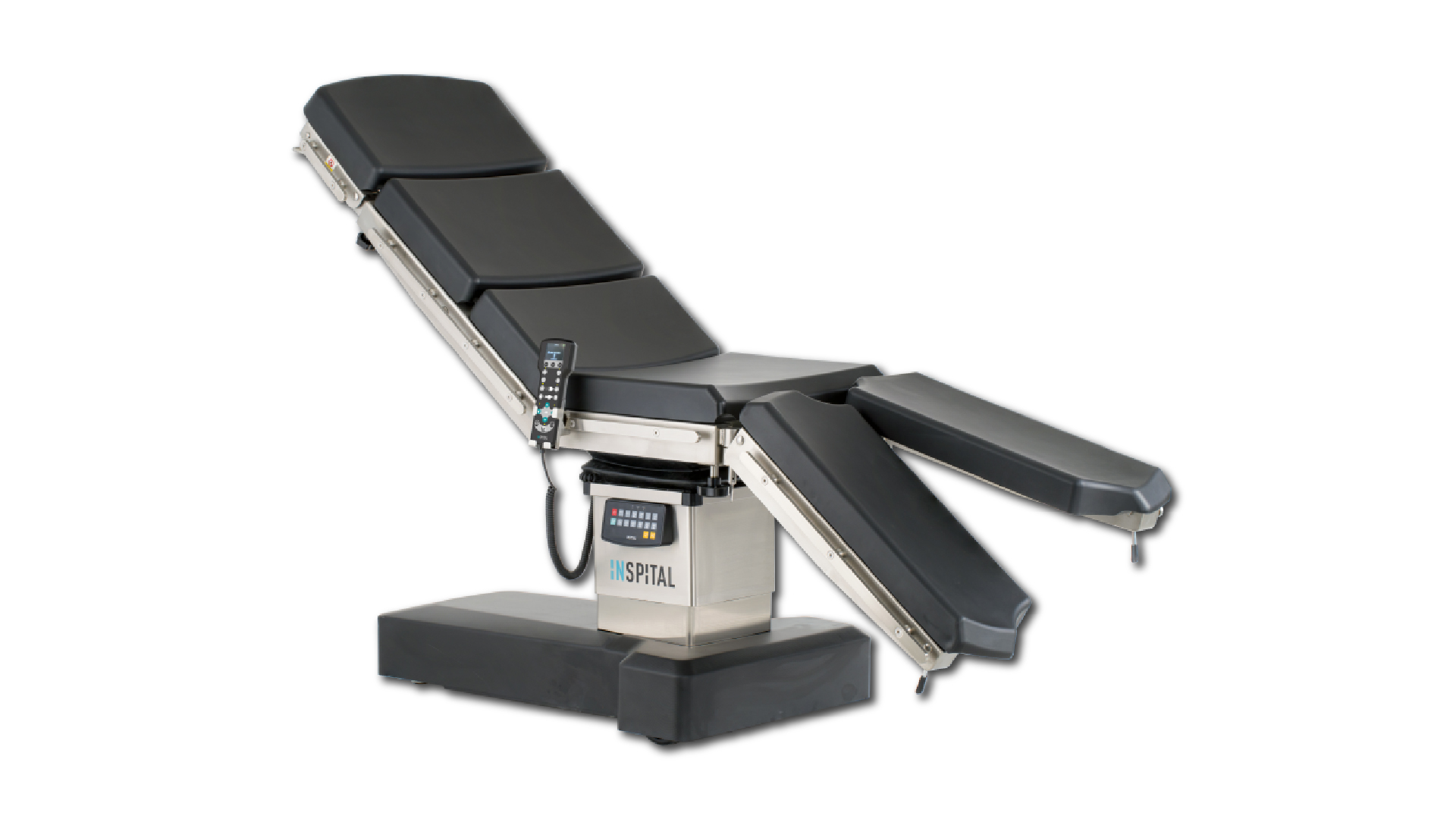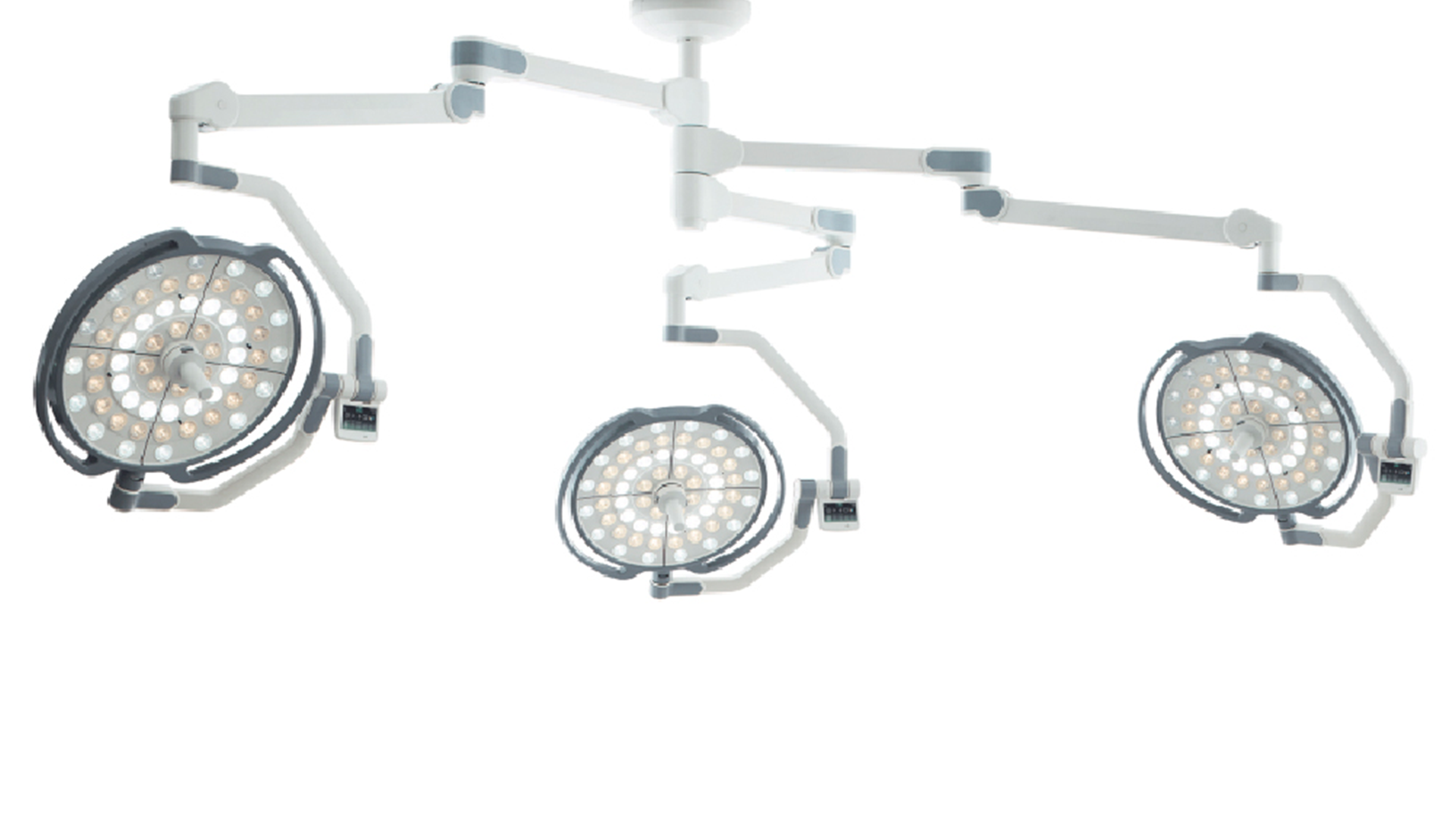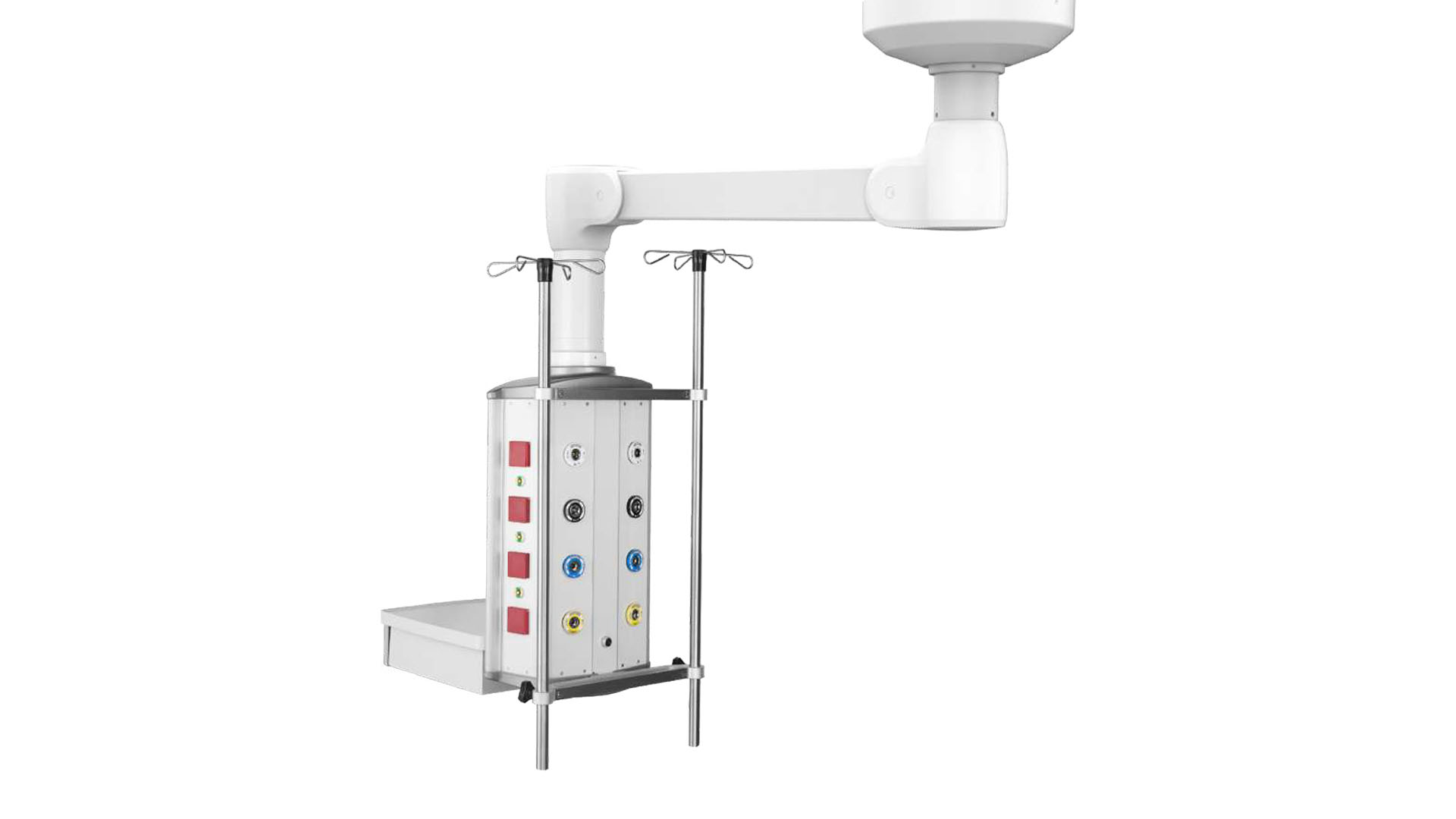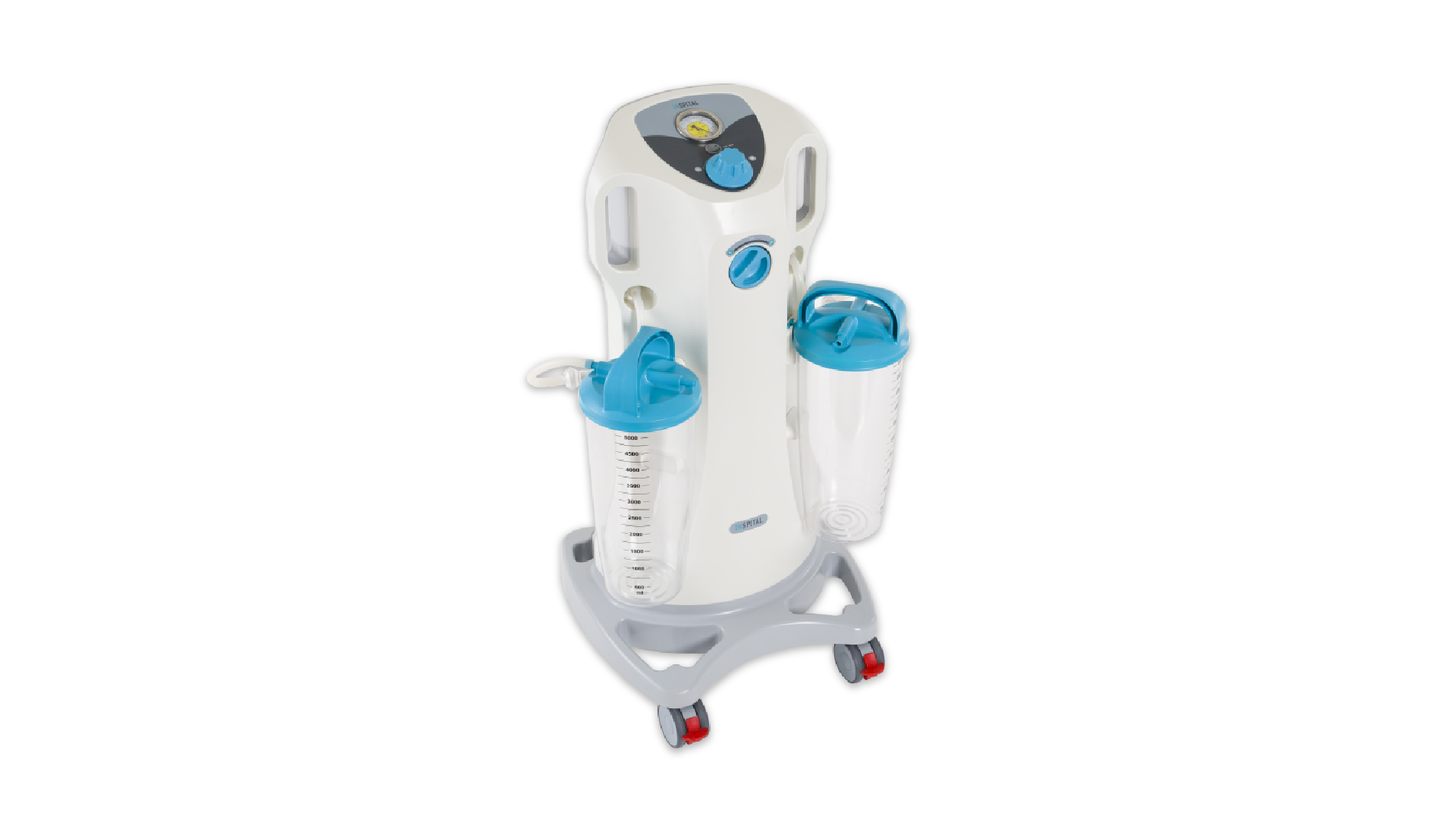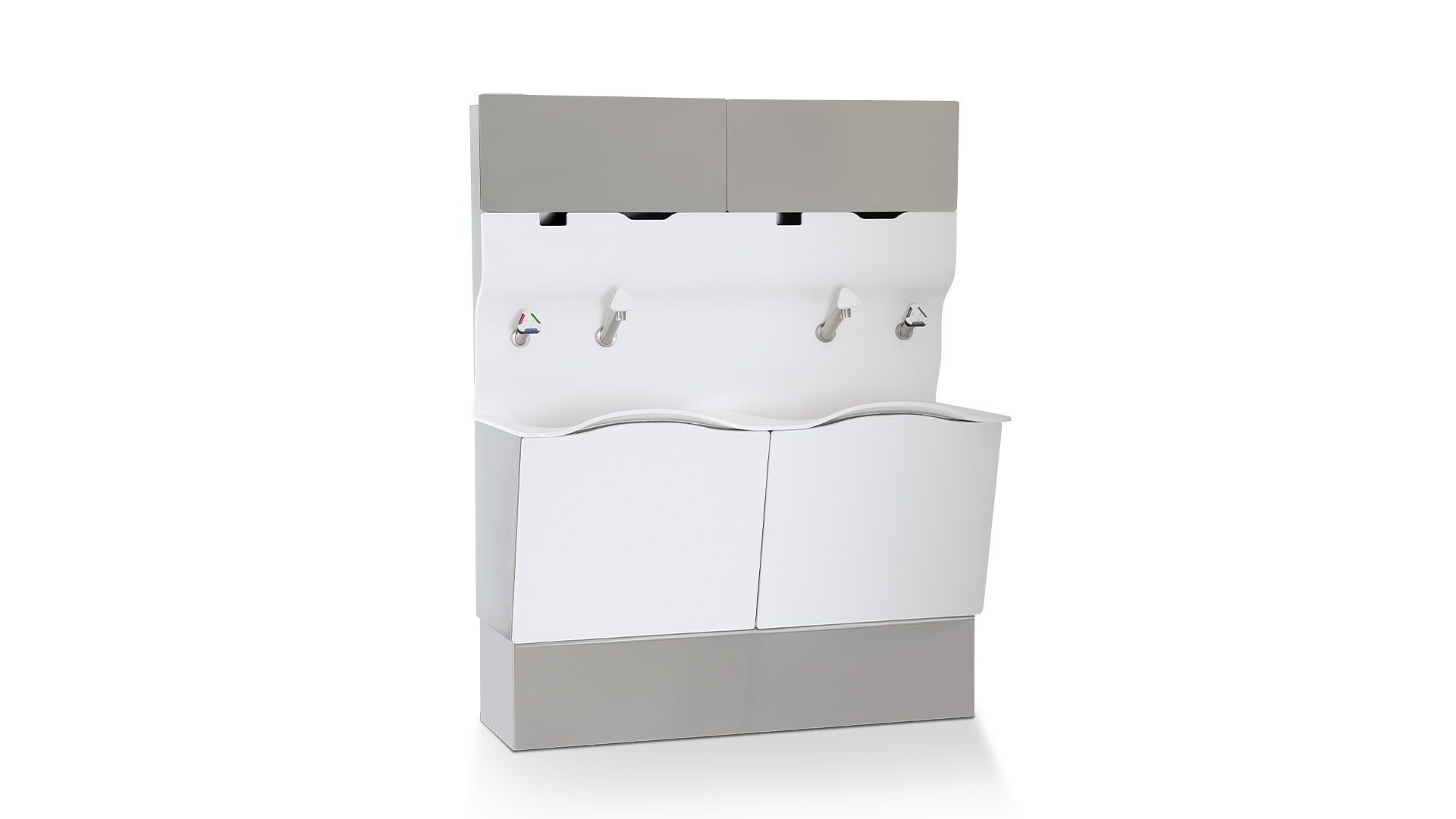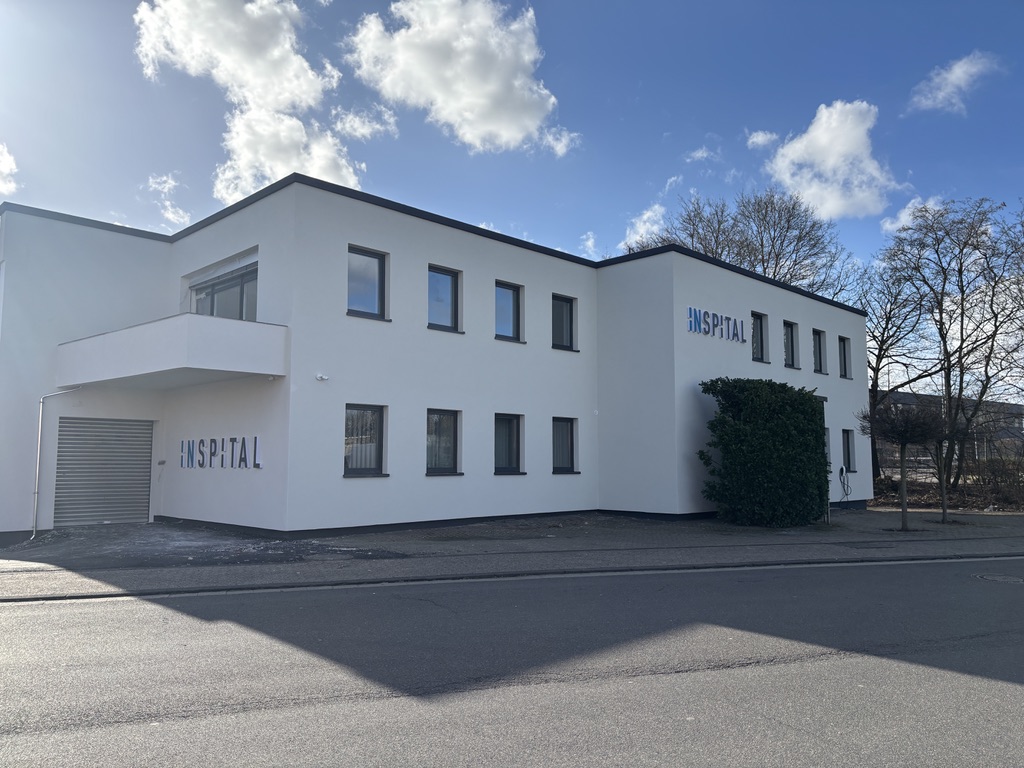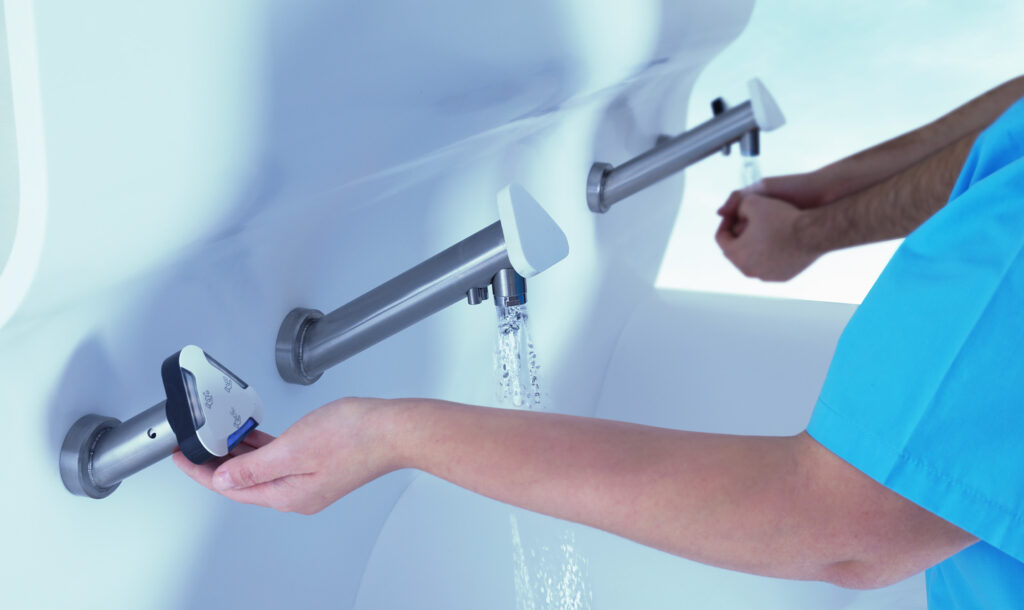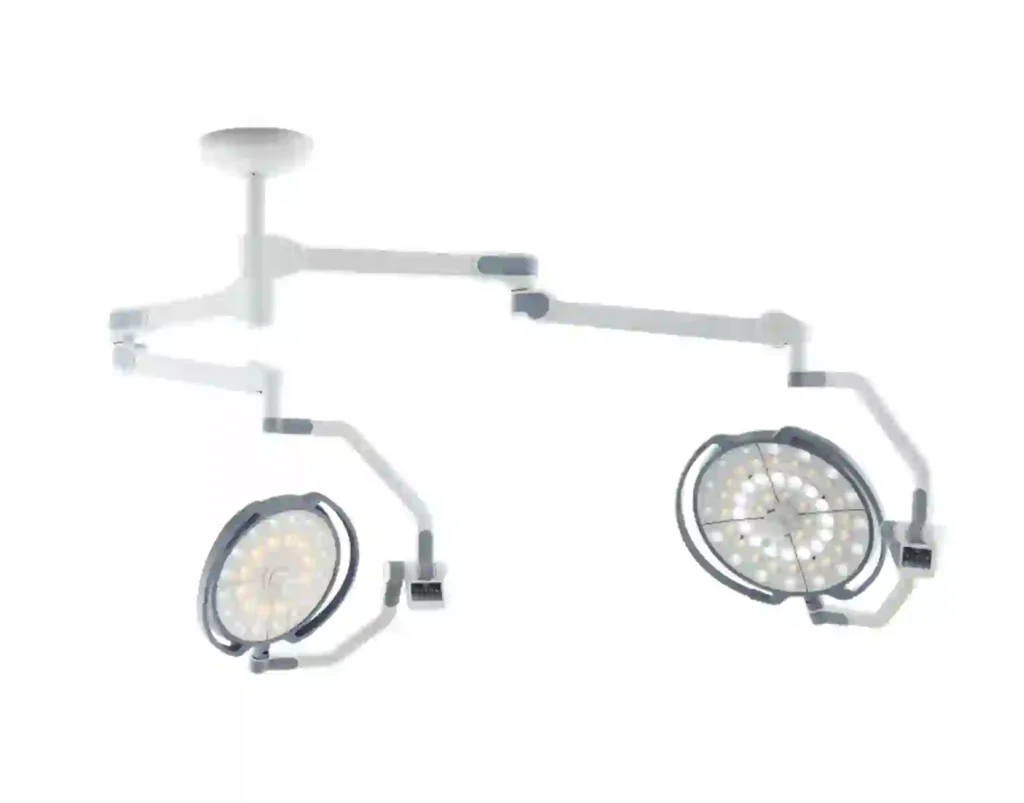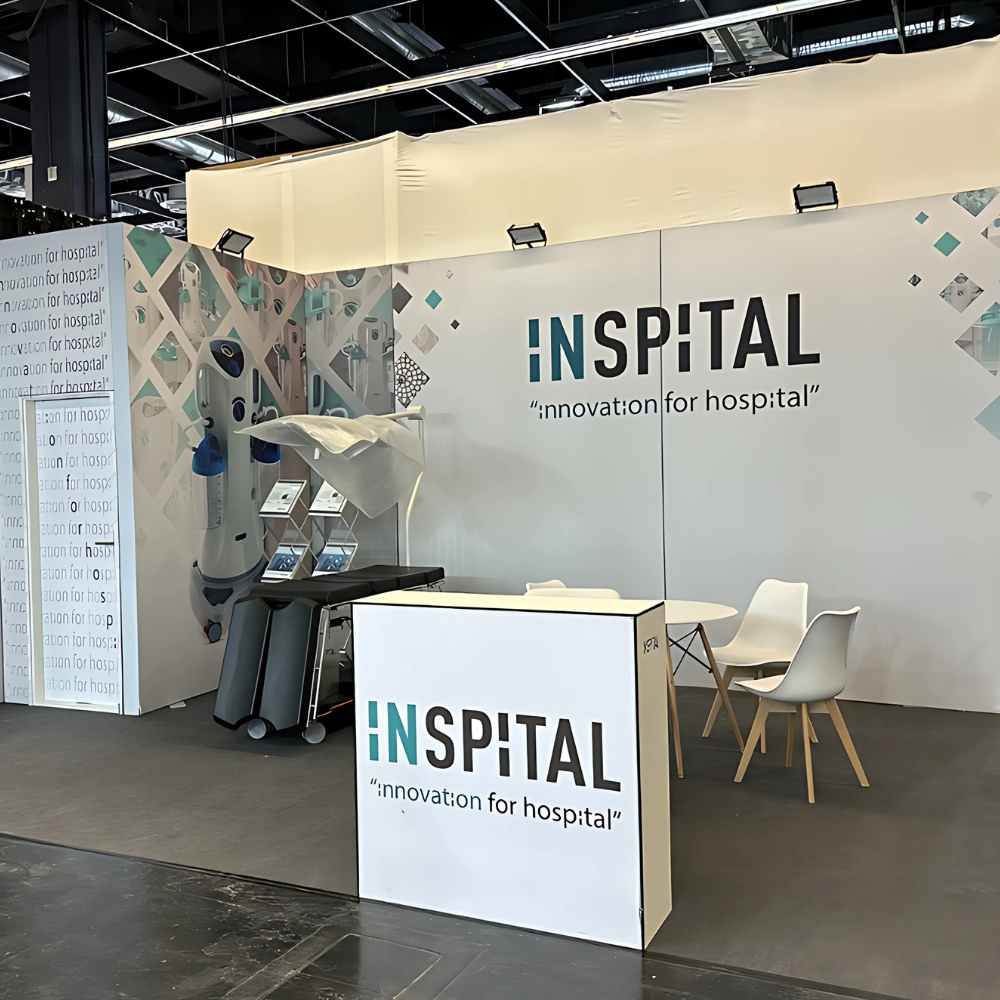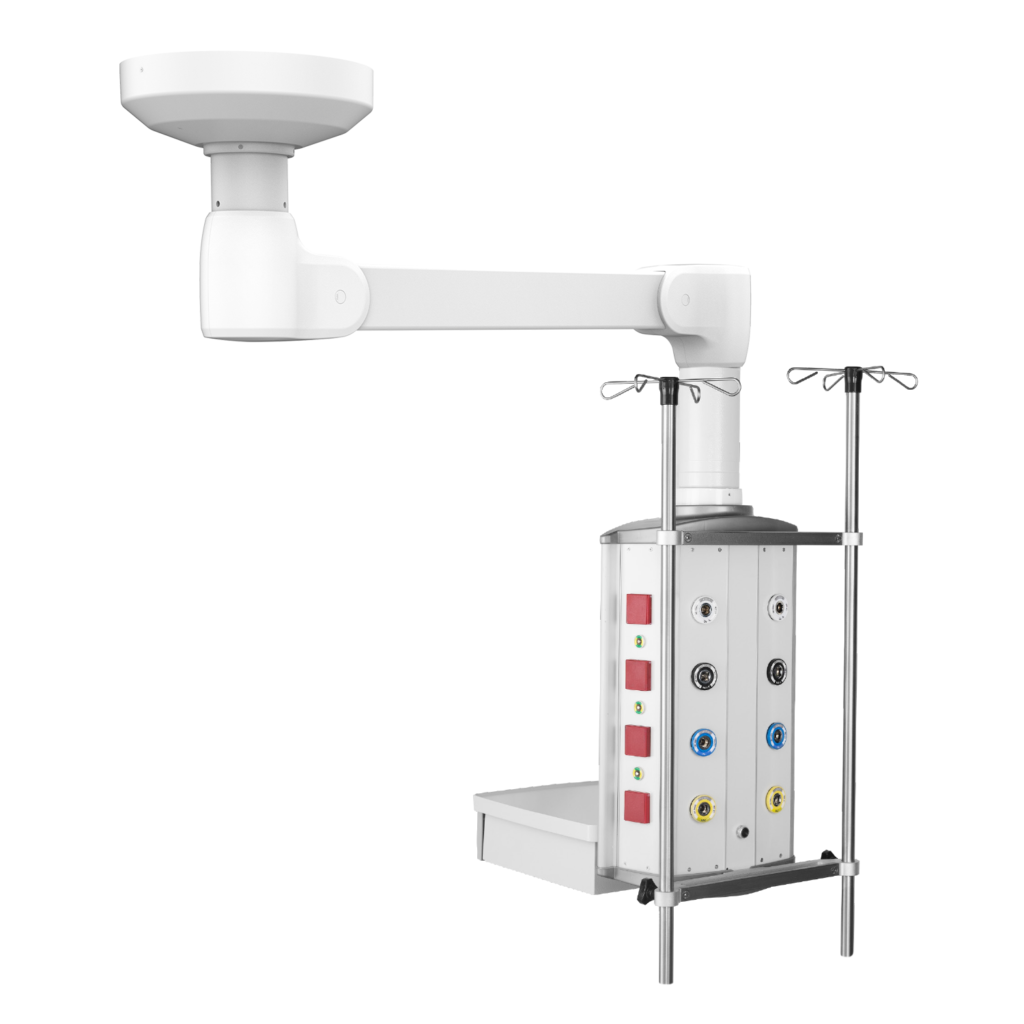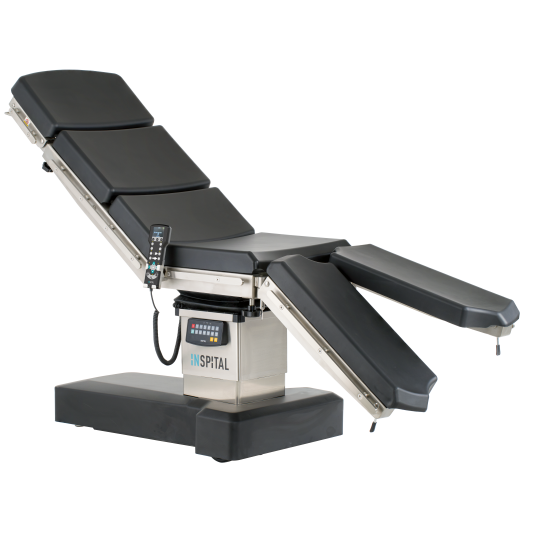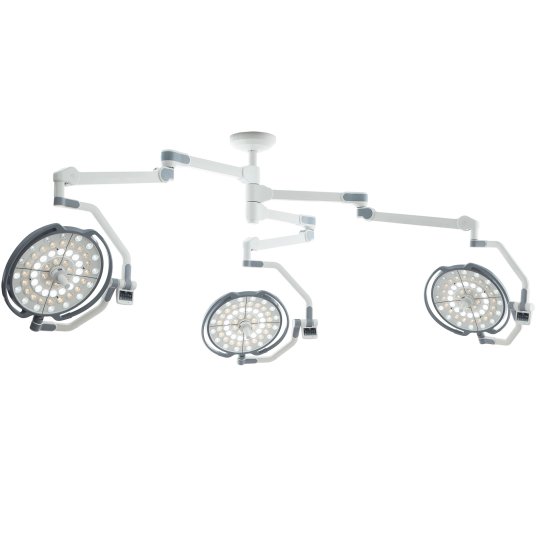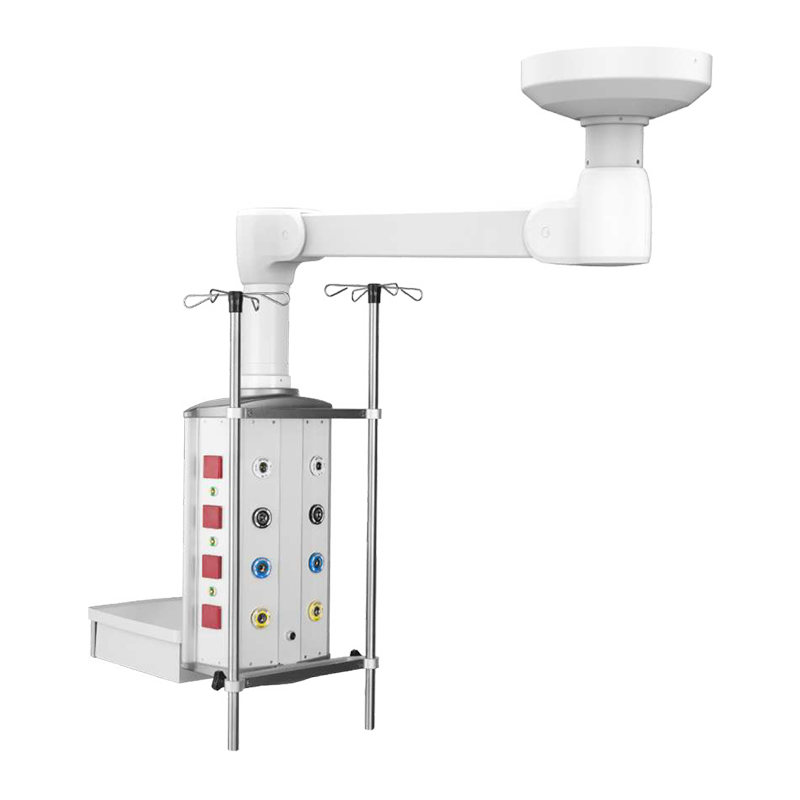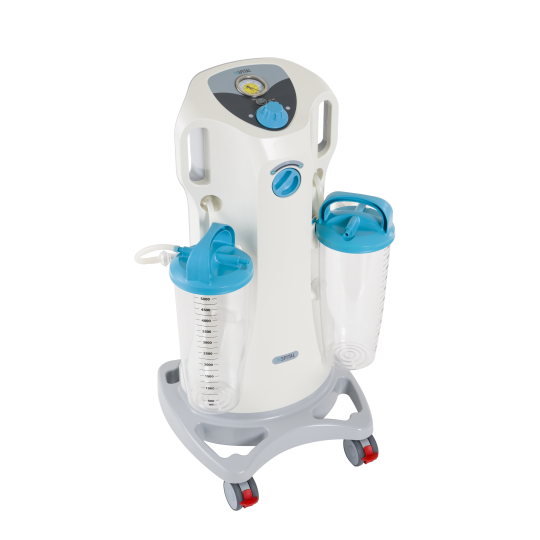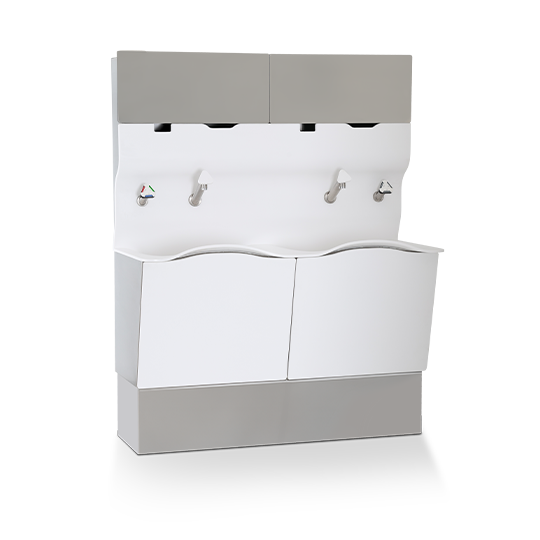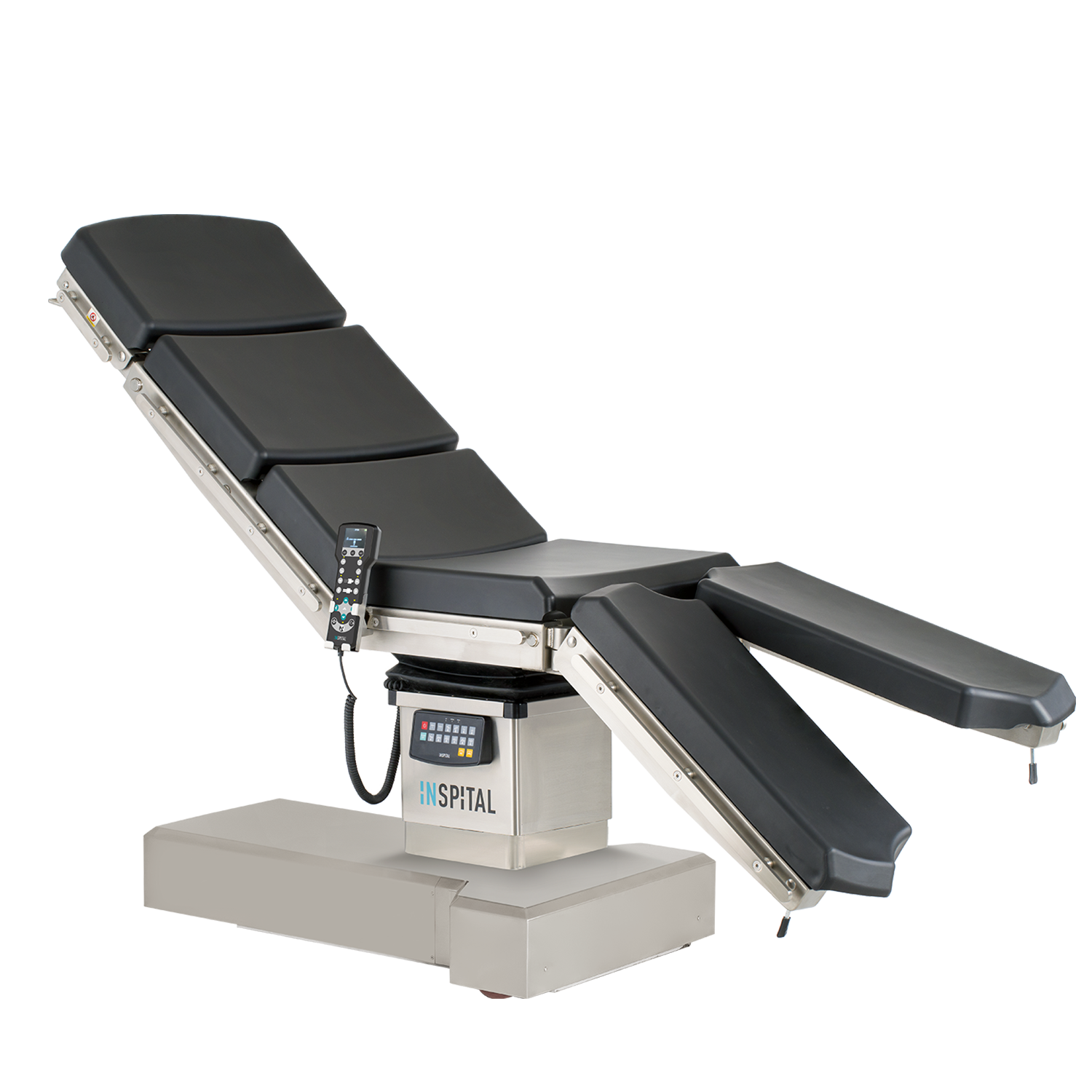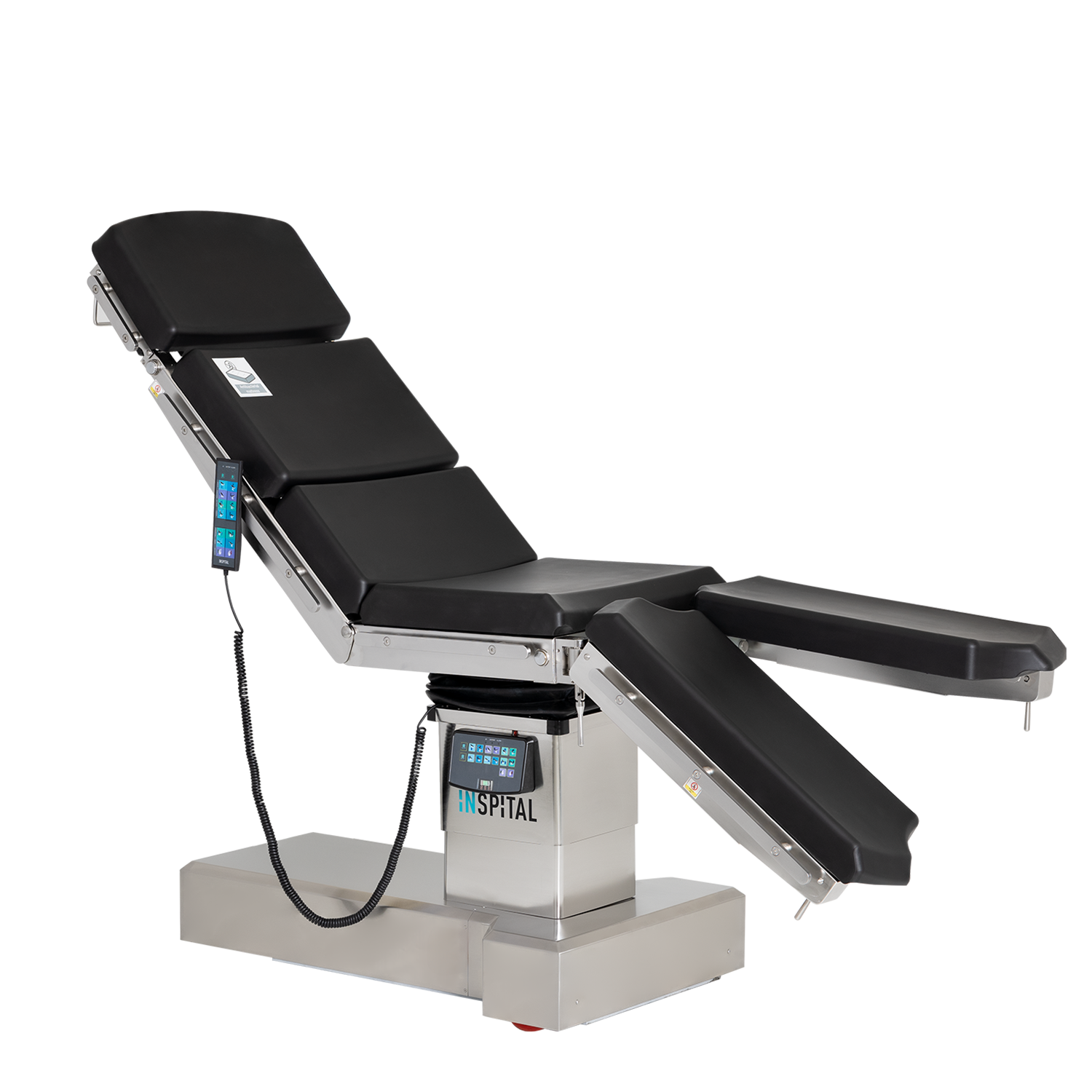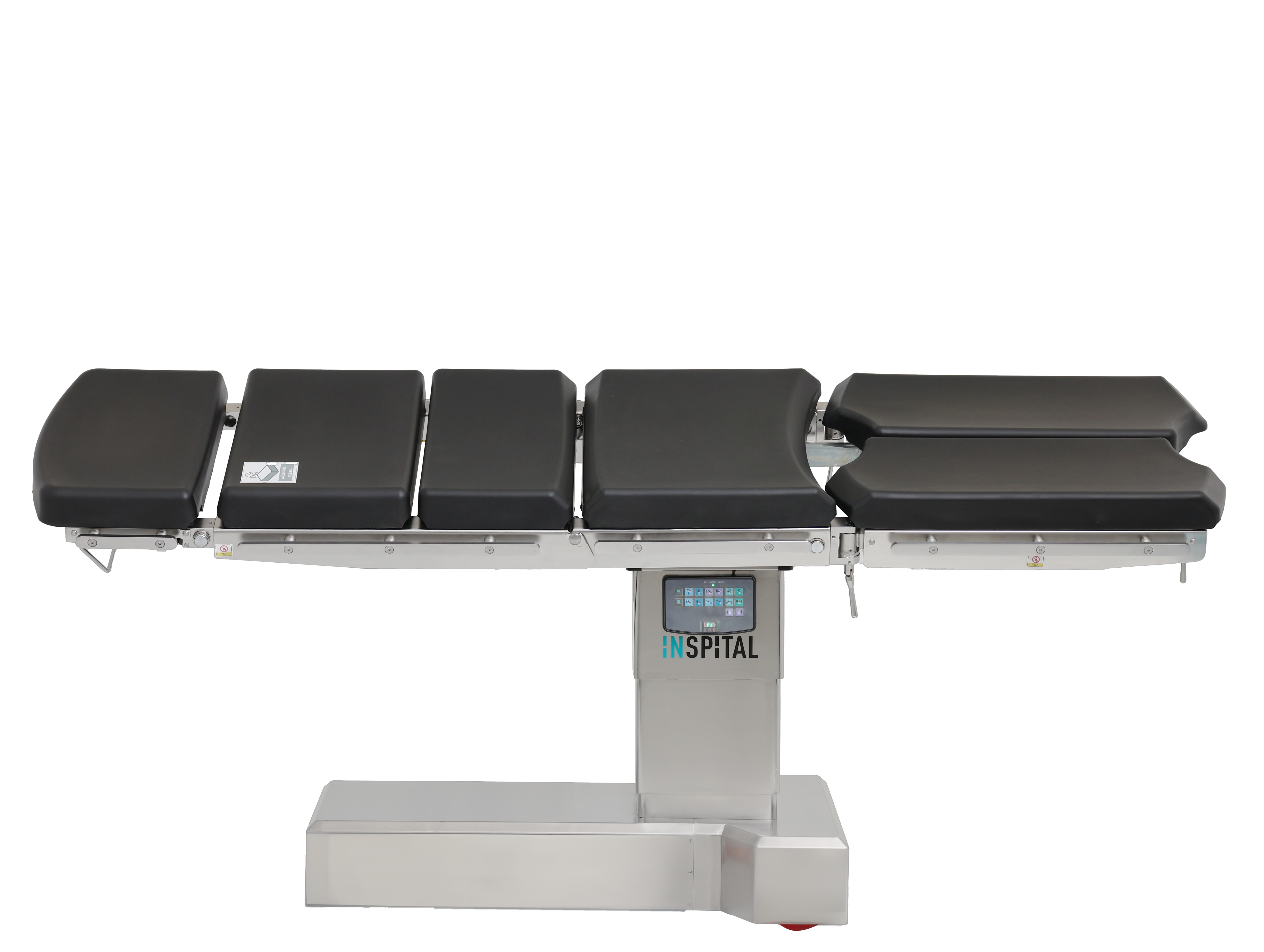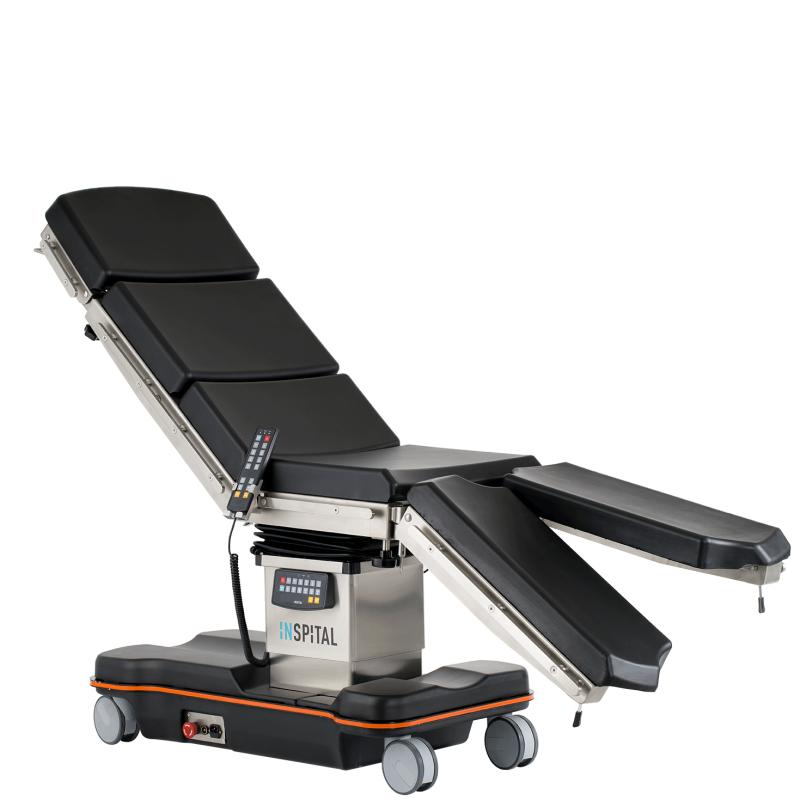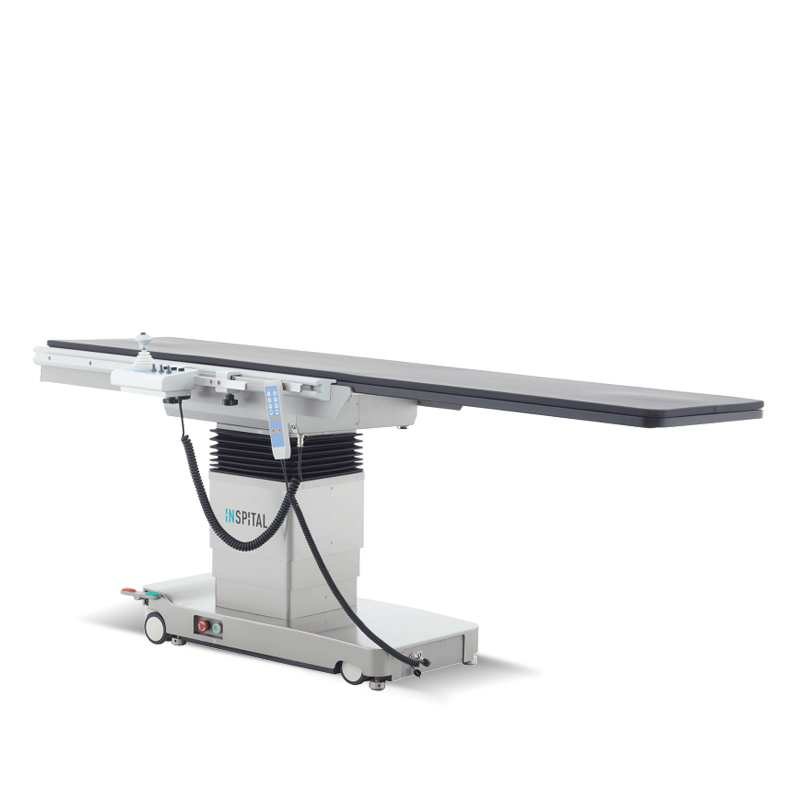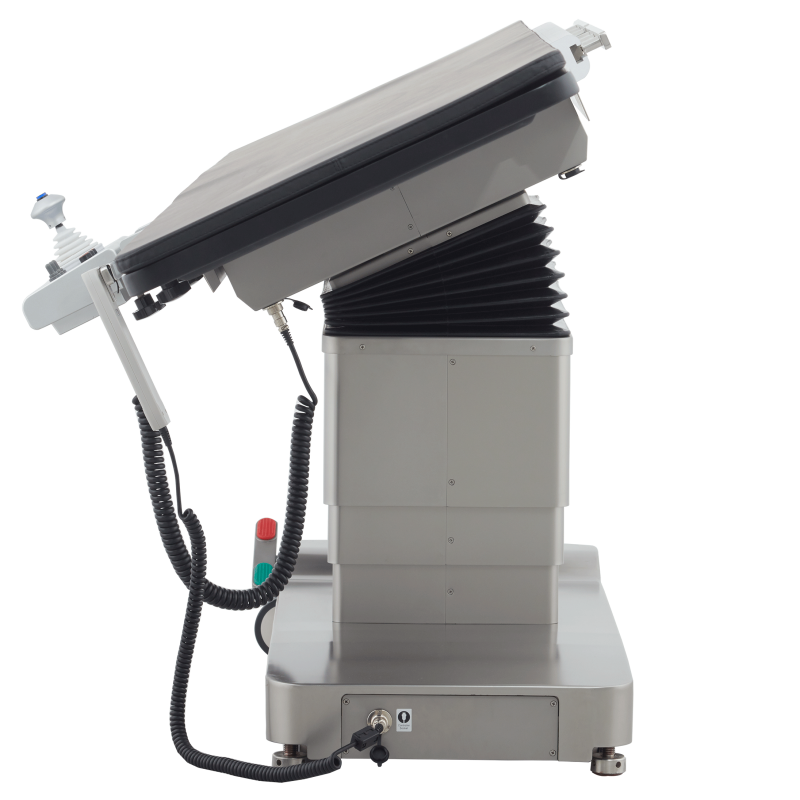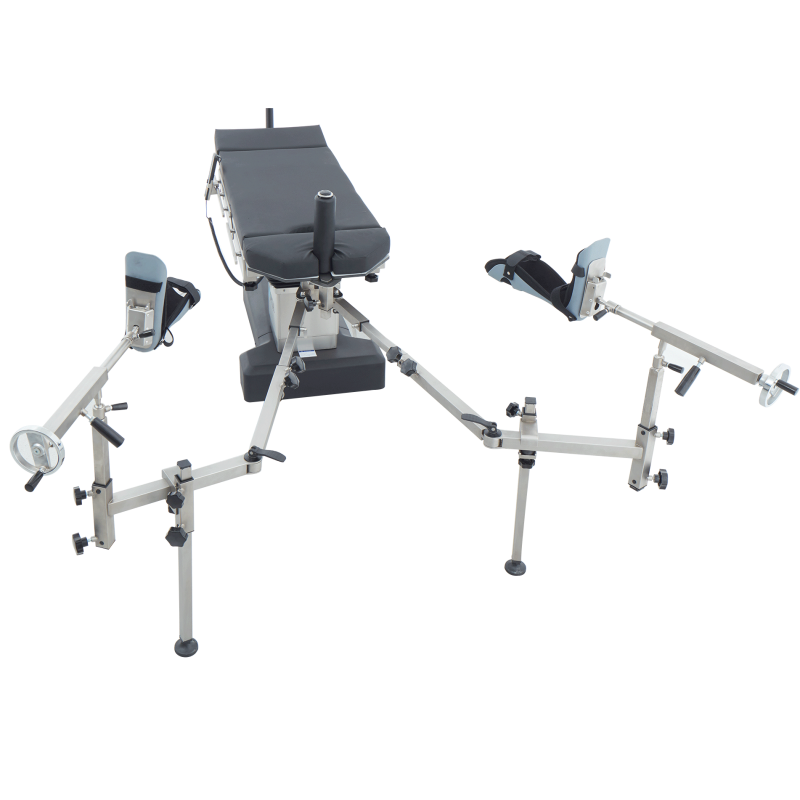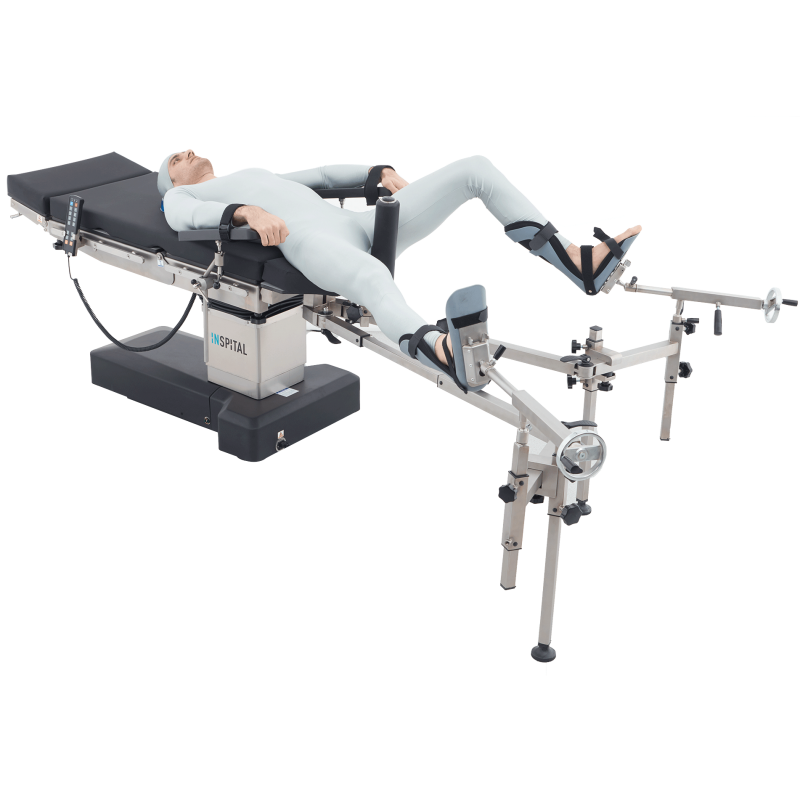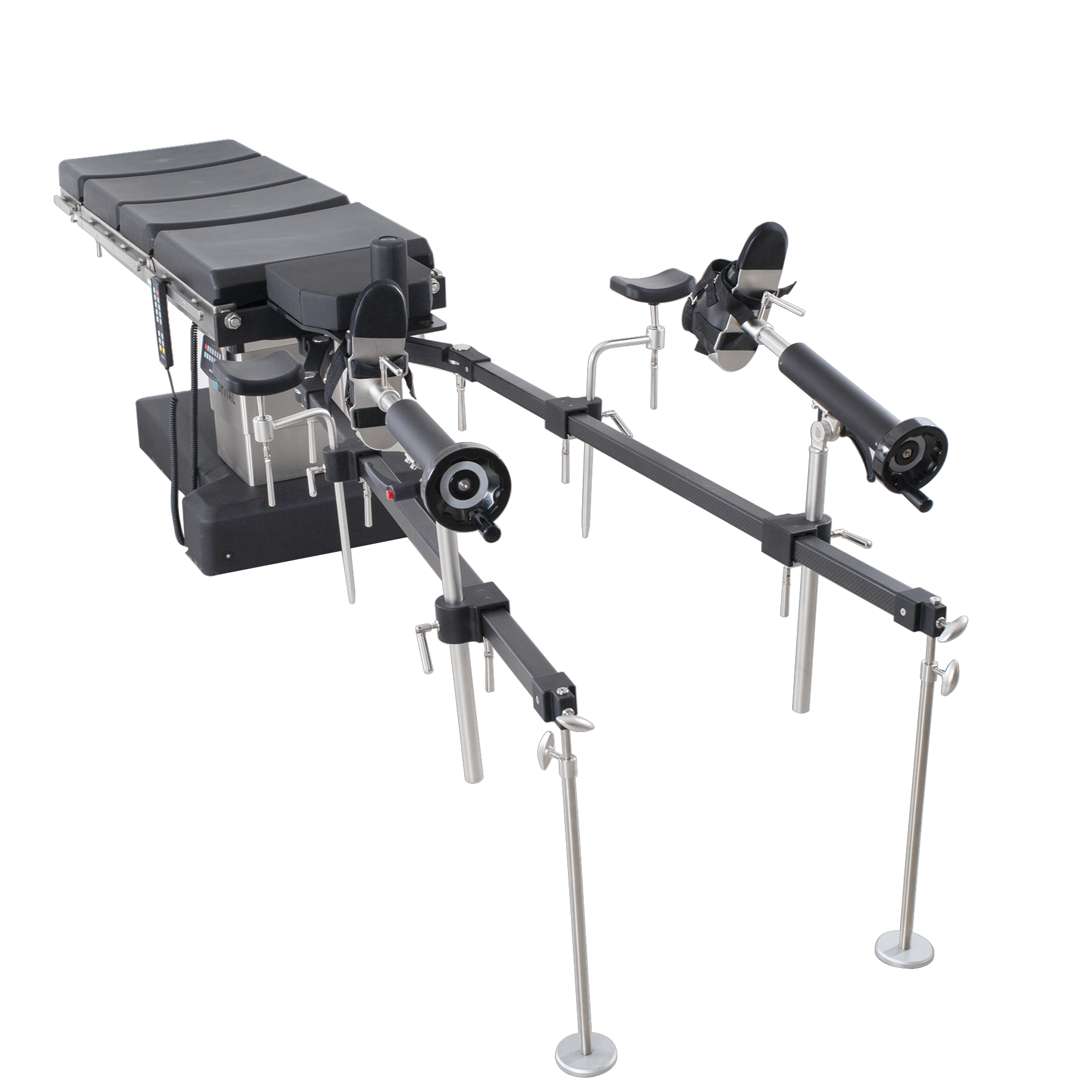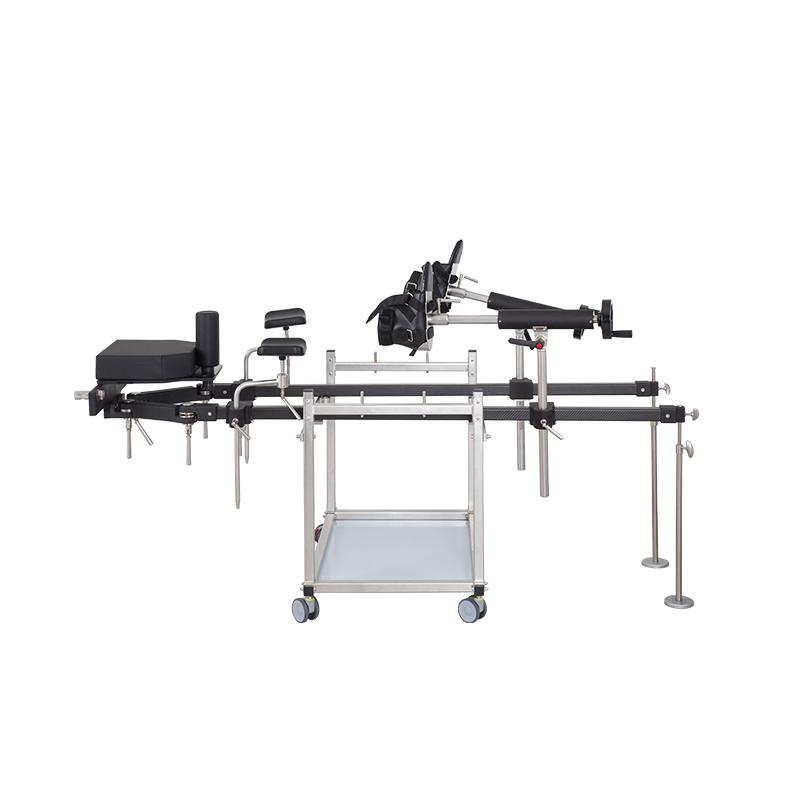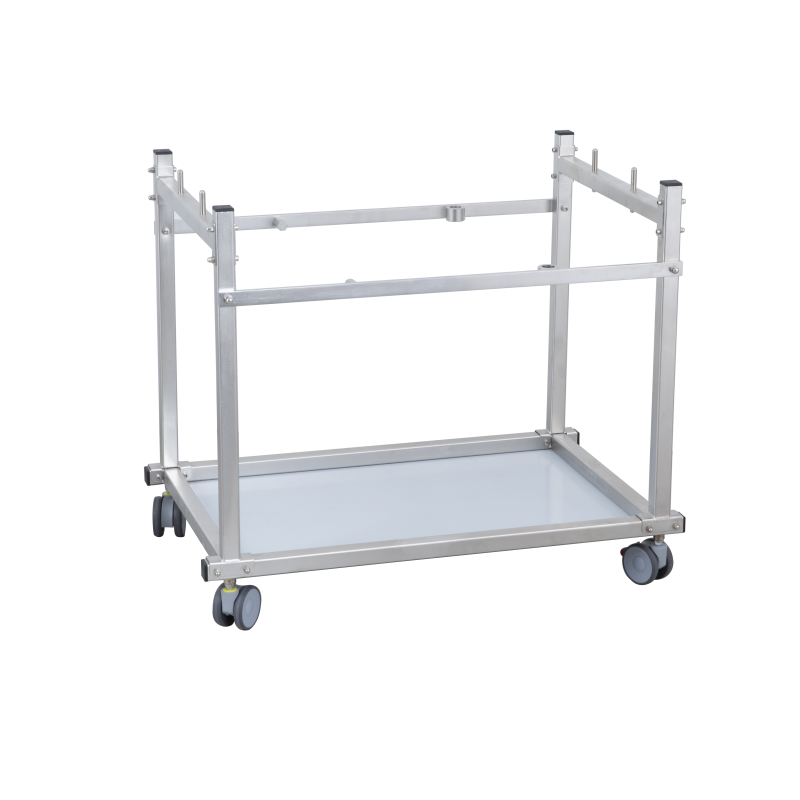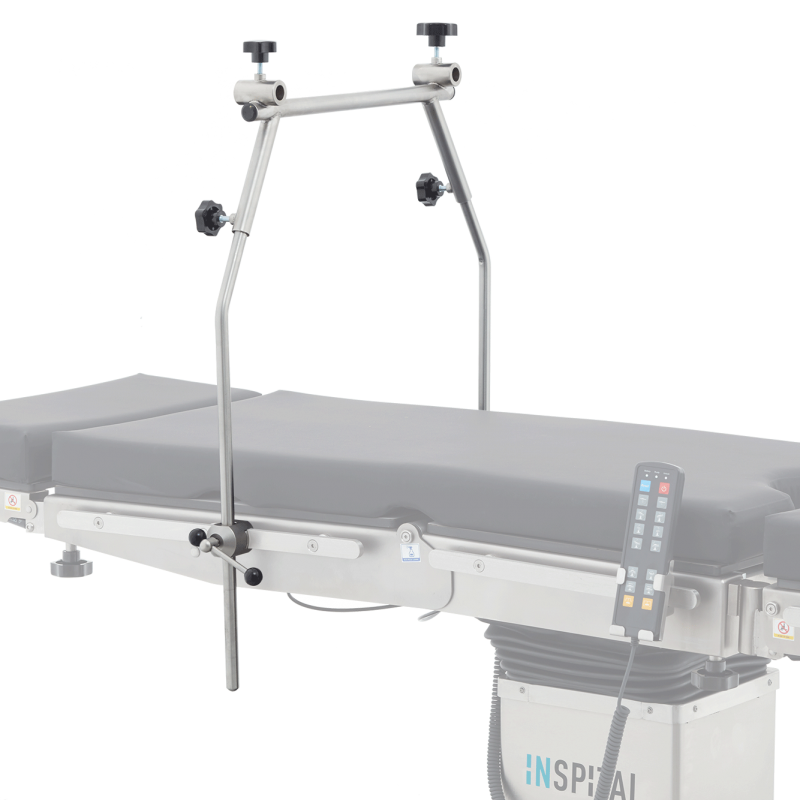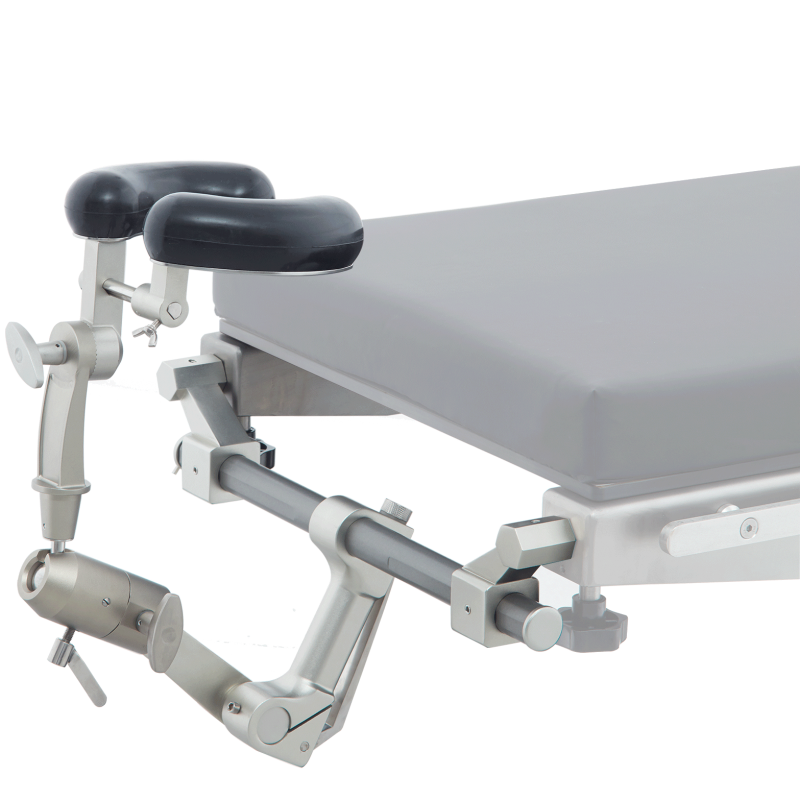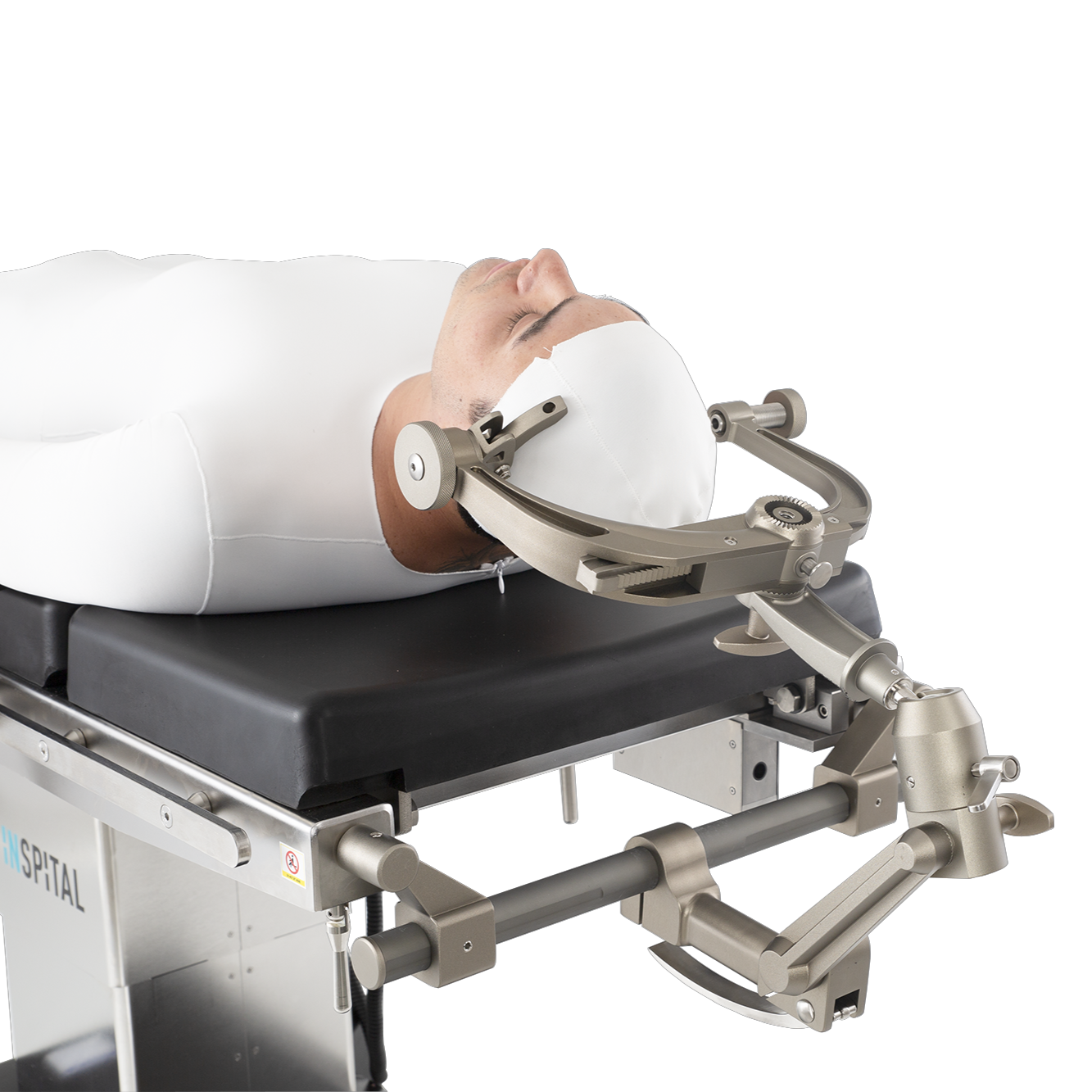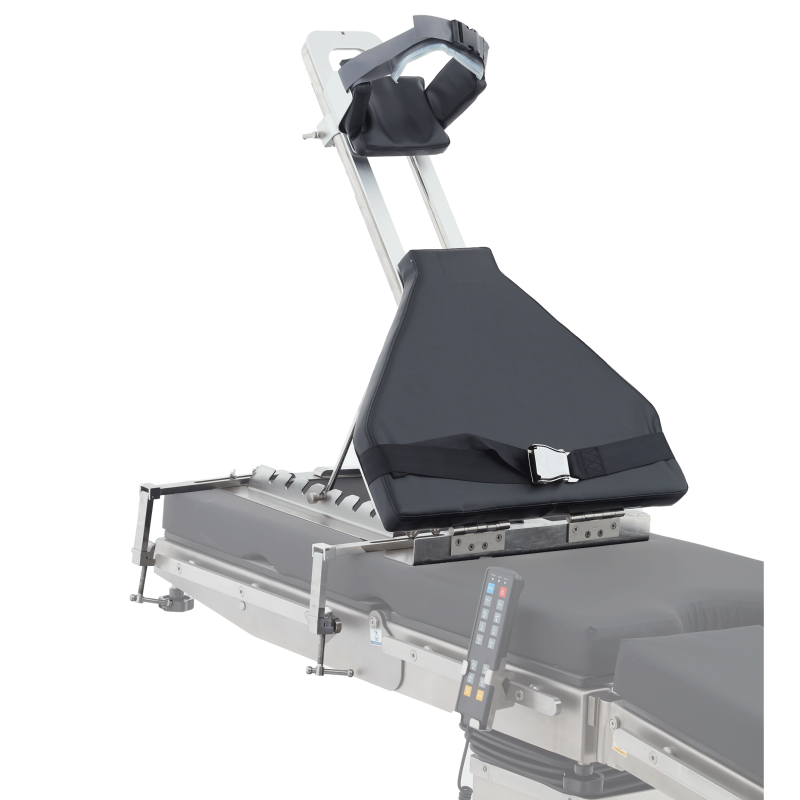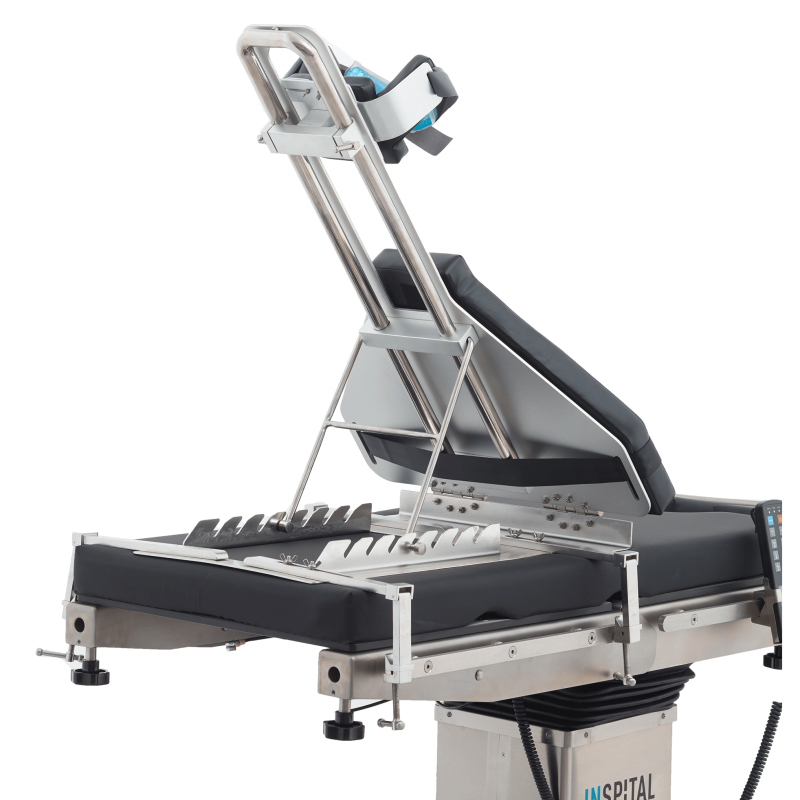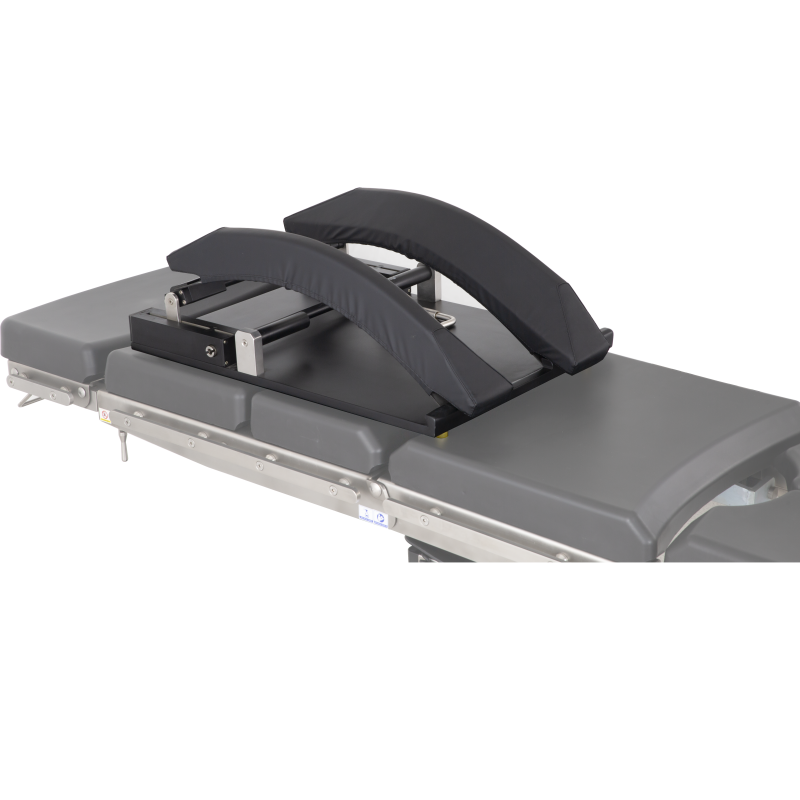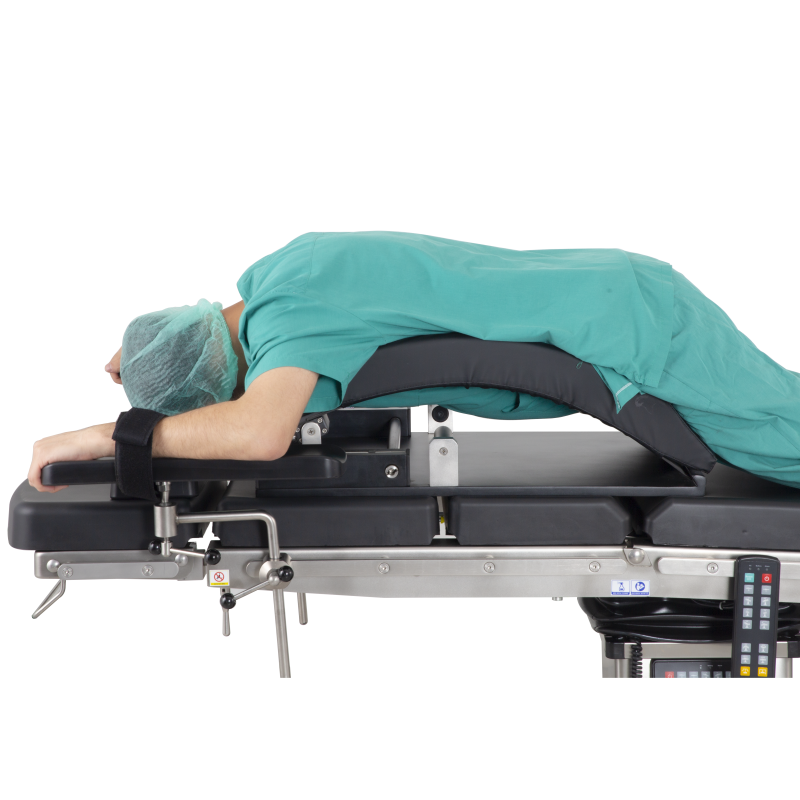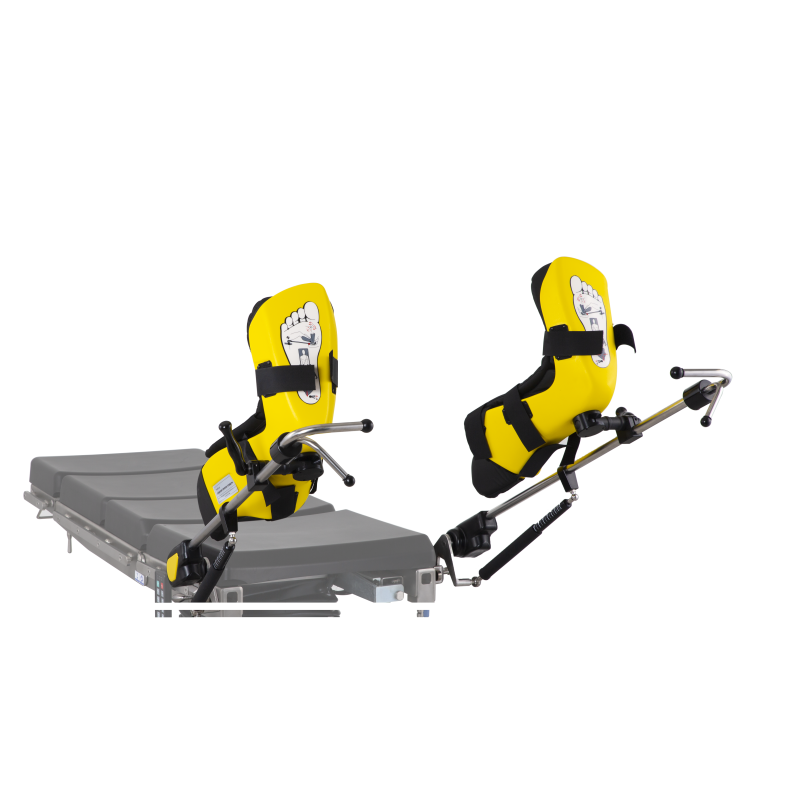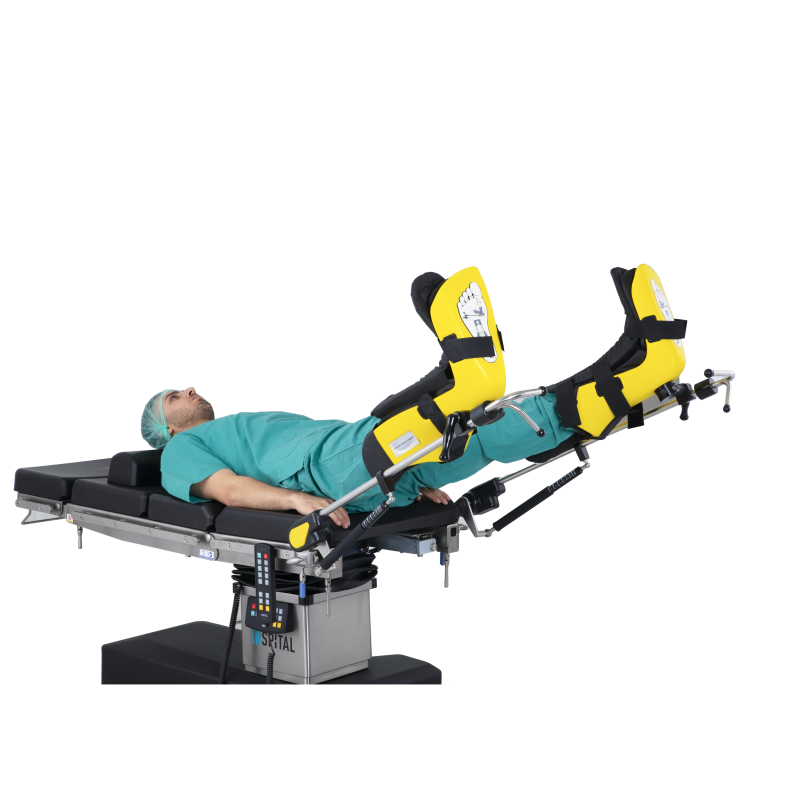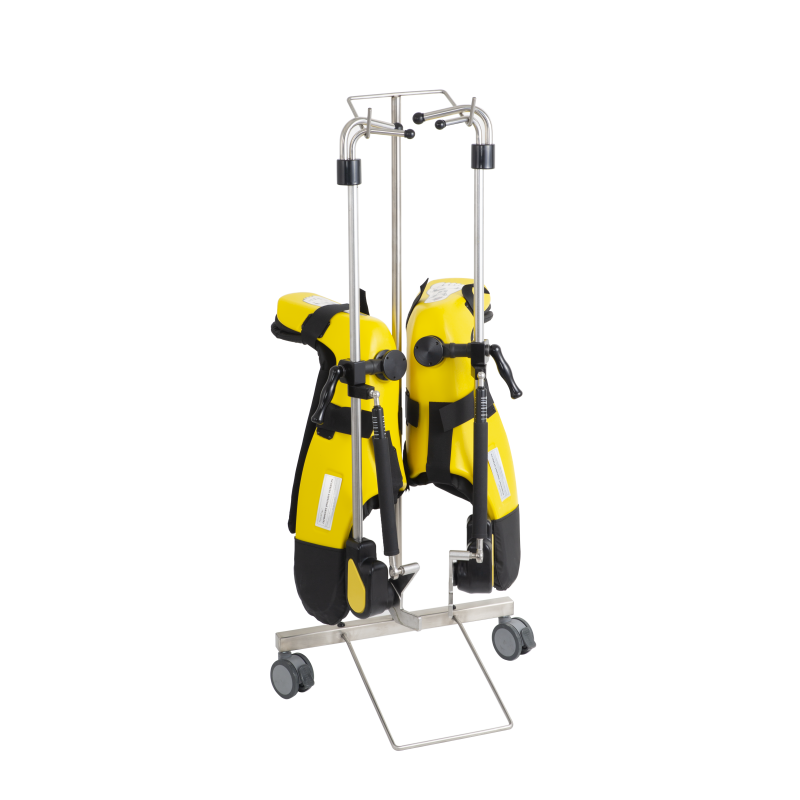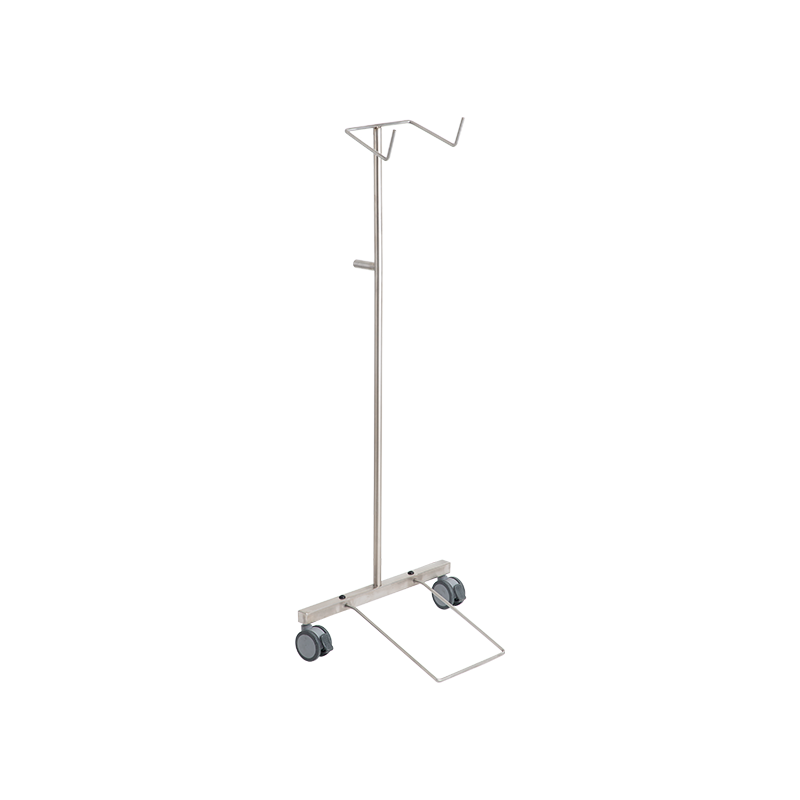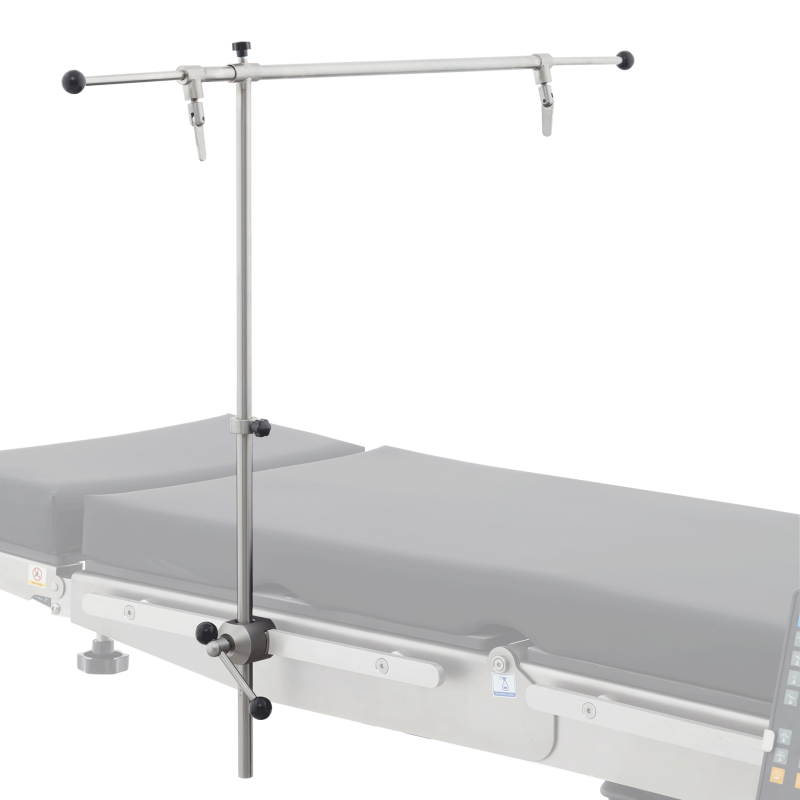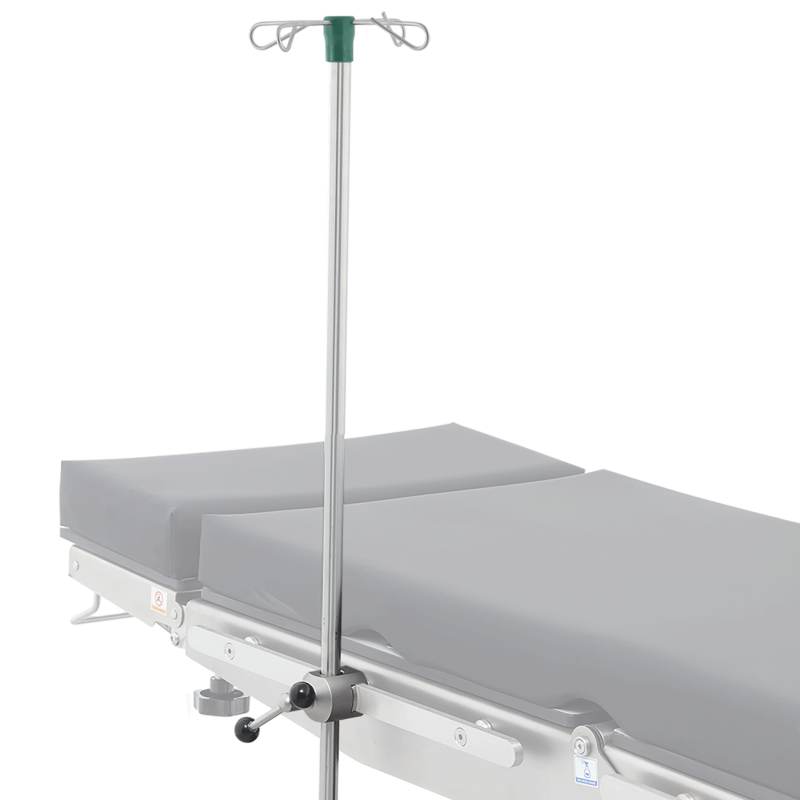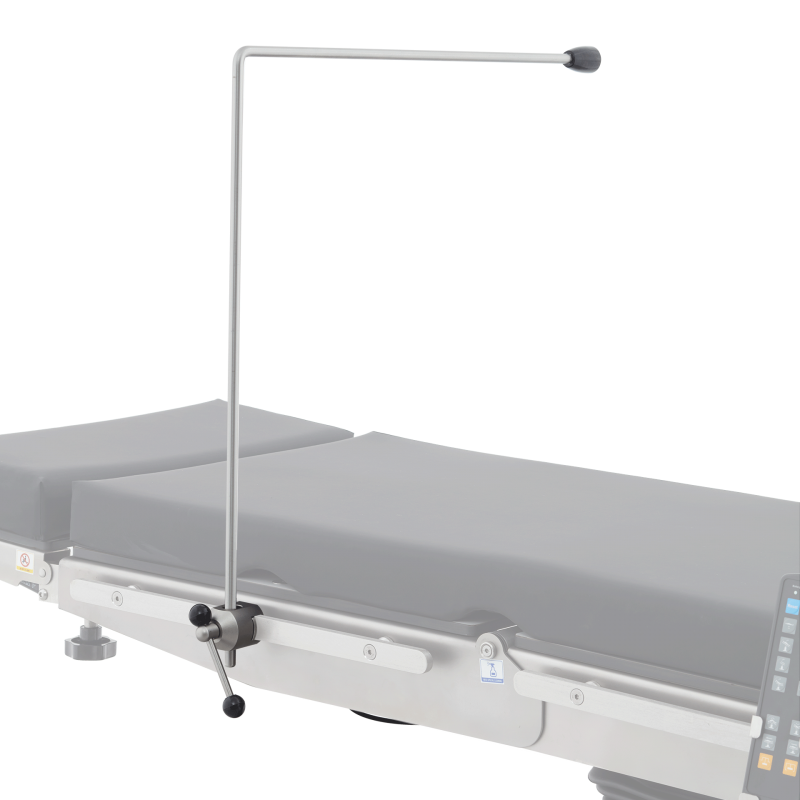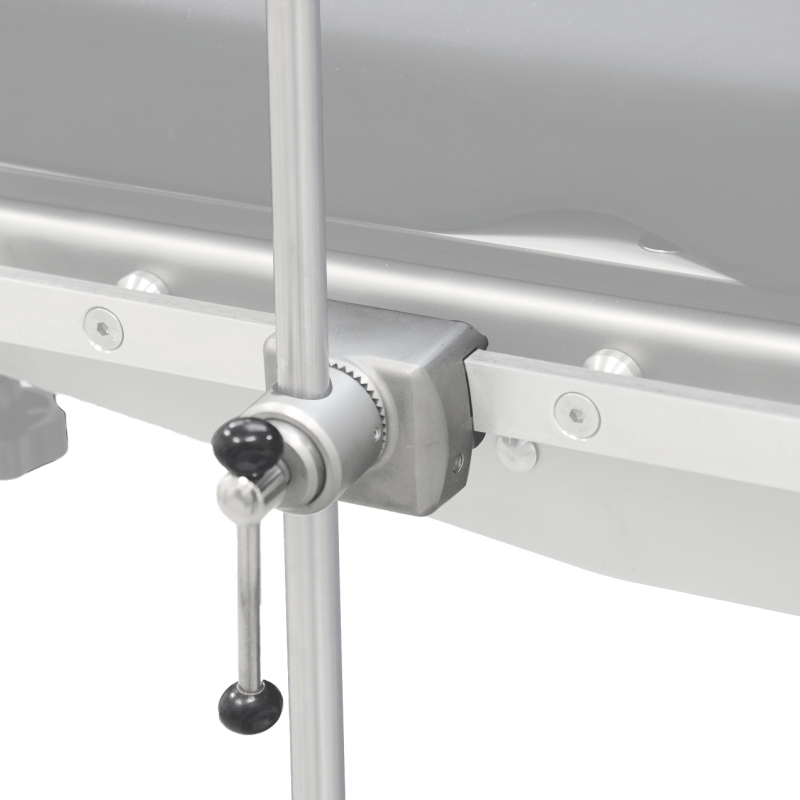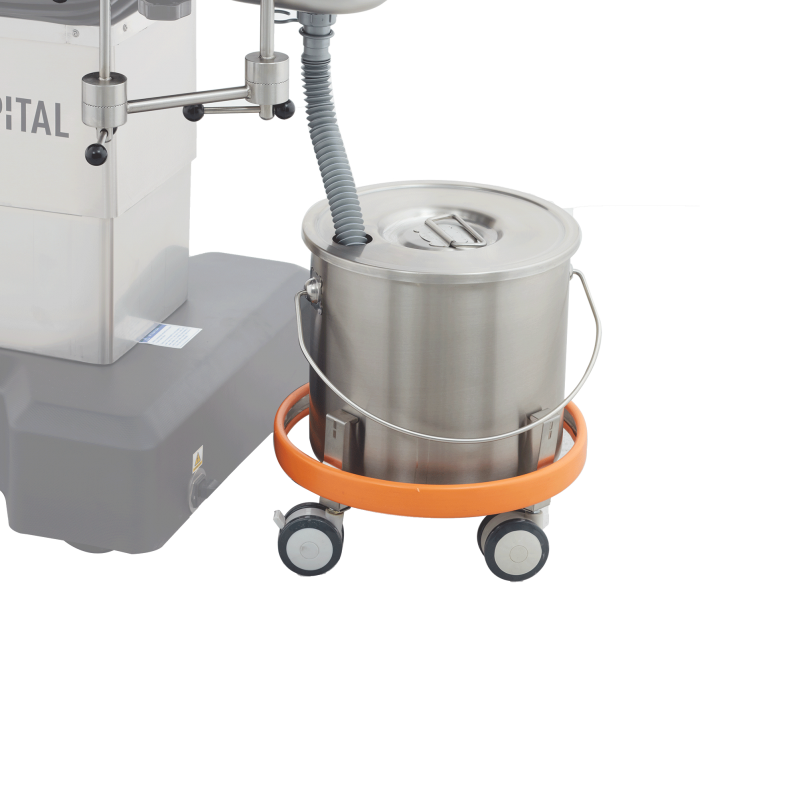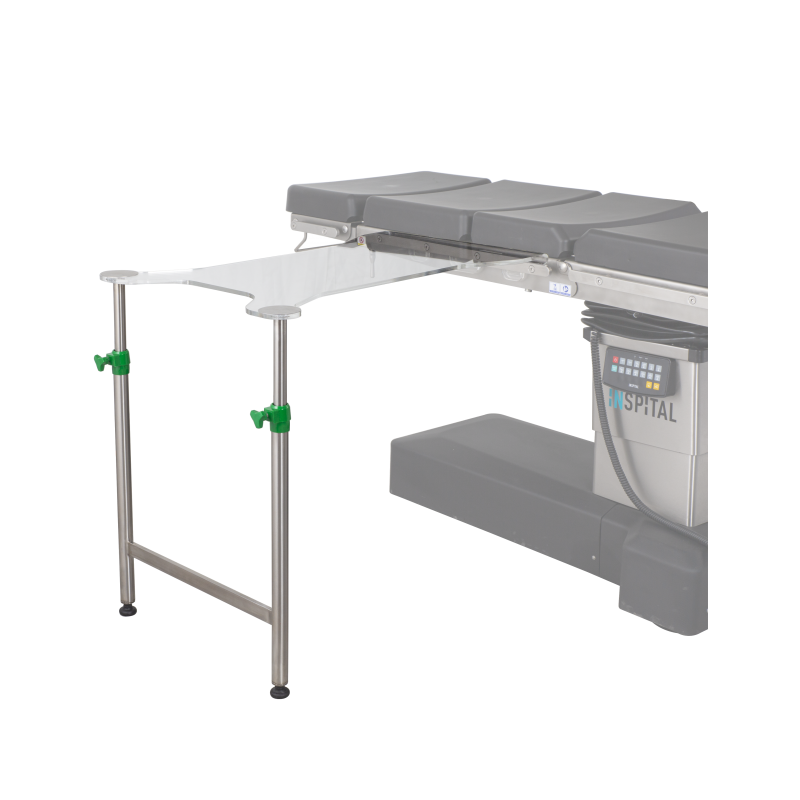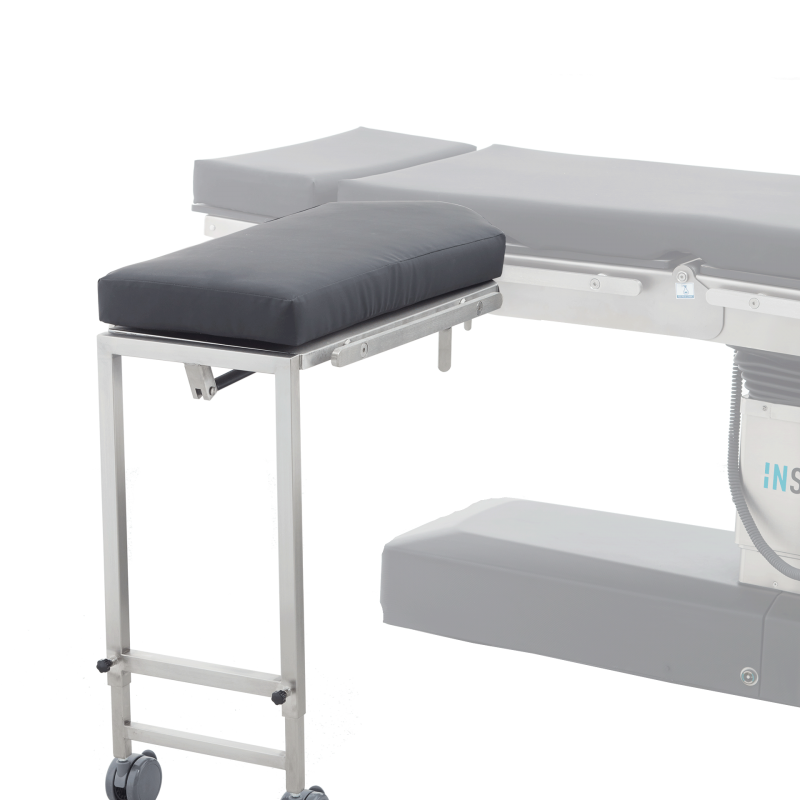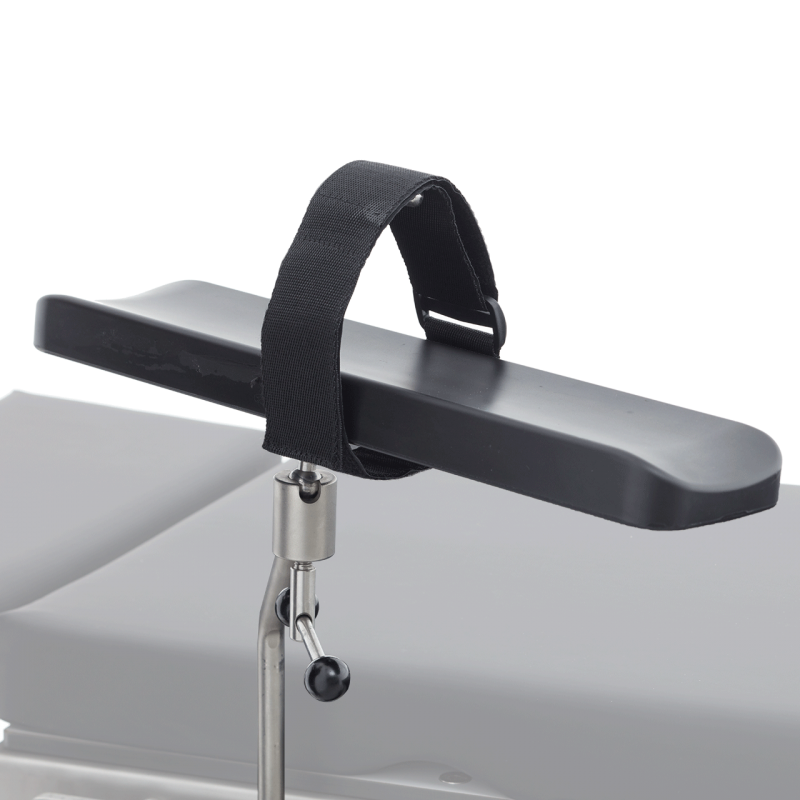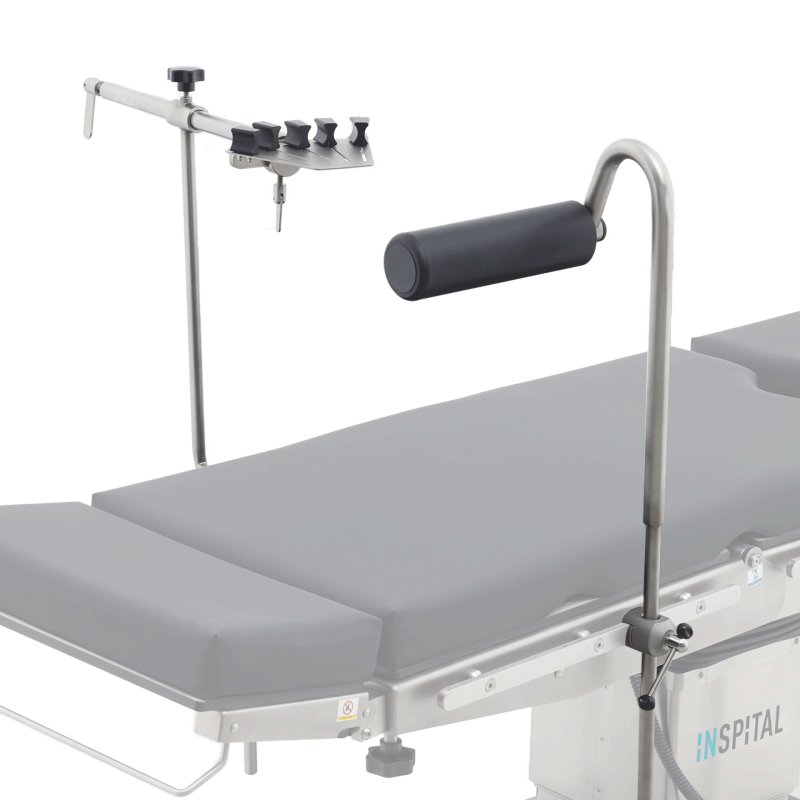Mobile Operating Tables from Inspital
In many medical facilities, mobility is a crucial factor – especially in emergency rooms, outpatient surgery centers, or during military medical operations. This is precisely where mobile operating tables come into play. They offer the same stability and functionality as stationary operating tables, but are flexible and can be easily transported from room to room.
Inspital has recognized these requirements and offers a range of mobile operating tables that meet the highest technical and ergonomic standards. The models combine mobility with precise positioning technology and are suitable for a variety of procedures – from minor routine procedures to emergency surgical measures in the field or in satellite stations.
In the following article, you will learn what distinguishes mobile operating tables, where they are particularly useful, how they differ from stationary tables, and which Inspital solutions ensure long-term flexibility and quality.
What are Mobile Operating Tables - and how Do They Differ from Stationary Models?
Mobile Operating Tables are transportable surgical tables that are mounted on rollers, making them particularly easy to move within clinic rooms or even between buildings. They are particularly suitable for locations where flexibility and short-term availability are required – for example, in emergency ambulances, outpatient surgery centers, intensive care units, or during disaster relief operations.
In contrast to permanently installed operating tables, mobile models have a more compact design, a lockable travel function, and are often equipped with battery-powered control elements. Modern designs – such as those from Inspital – offer impressive load-bearing capacity, electromotive adjustments, and complete X-ray transparency despite their mobility.
Ein mobiles OP-Tischmodell wie der Inspital OT30M bringt folgende Vorteile:
- Smooth-running rollers with braking mechanism
- Compatibility with C-arms
- Modular design despite compact size
- Ergonomic control via foot pedal or remote control
This makes mobile operating tables ideal for facilities that want to make their surgical infrastructure flexible and cost-efficient – without compromising on safety and performance.
In which Areas are Mobile Operating Tables Particularly Frequently Used?
Die Einsatzbereiche für mobile Operationstische are diverse and are becoming increasingly important in times of scarce resources and increasing specialization. They are particularly in demand in the following areas:
- Outpatient surgery centers
In outpatient surgery facilities, procedures must be handled quickly and efficiently. A mobile operating table can be easily positioned, cleaned and reconfigured – ideal for rotating teams and changing treatment rooms.
- Emergency medicine and disaster protection
In medical operations under time pressure or in the field – for example, in mobile operating containers – mobility is crucial. Here, Inspital models impress with their robust design, ease of use and independence from the power grid (thanks to the battery option).
- Military medical units
In the field, surgical equipment must be transportable, reliable and universally applicable. Inspital offers special operating tables that are certified for such requirements.
- Intensive care units and intervention rooms
Surgical interventions are also becoming increasingly common outside the classic operating area. A mobile table enables rapid responses without logistical hurdles.
Inspital covers all the above-mentioned application scenarios with its mobile operating table series – with solutions that set new standards in terms of flexibility and technical maturity.
What Functions Do Mobile Operating Tables from Inspital Offer?
Auch wenn sie leichter und beweglicher sind, müssen mobile Operationstische today must offer the same functionality as their stationary counterparts. Inspital has consistently implemented this and offers operating tables that are equipped with the latest technology despite their mobility.
The most important functions include:
- Elektrohydraulische Verstellung von Höhe, Rücken-, Bein- und Kopfteil
- Trendelenburg and reverse Trendelenburg position
- Lateral Tilt
- Height adjustment from approx. 600–1000 mm
- X-ray transparent table tops for intraoperative imaging
- Remote control or foot control for operation even under sterile conditions
- Modulare Tischplatten-Segmente für unterschiedliche Körpergrößen und Eingriffsarten
Ein Modell wie der Inspital OT30M oder OT60M reliably meets these requirements. In addition, the chassis is equipped with high-performance rollers that enable smooth movement even under maximum load. Brakes ensure a firm stand at the operating site, and the battery control makes the tables independent of mains power – a clear advantage in emergency situations.
In short, Inspital has managed to bring the most important features of a modern operating table into a mobile form – without any compromises.
What Advantages Do Mobile Operating Tables Offer in Everyday Clinical Practice?
Mobile Operationstische bringen nicht nur räumliche Freiheit, sondern auch operative Effizienz. They improve utilization, reduce changeover times and enable flexible Nutzung unterschiedlicher Räume für chirurgische Maßnahmen.
The most important advantages at a glance:
- Raumunabhängigkeit: Der OP kommt zum Patienten – nicht umgekehrt.
- Kostenersparnis: Ein mobiler Operationstisch kann in mehreren Abteilungen eingesetzt werden.
- Schnelle Reinigung & Desinfektion: Glatte Oberflächen und modulare Bauweise.
- Sicherheit: Inspital-Modelle bieten trotz Mobilität hohe Tragkraft und Kippsicherheit.
- Redundanz im Notfall: Bei Ausfall eines stationären OPs kann kurzfristig umorganisiert werden.
Inspital stands out due to its sophisticated design and durable quality. The tables are intuitive to use, easy to move and require little maintenance – ideal conditions for smooth everyday operations.
A mobile operating table offers short-term relief, particularly in the event of bottlenecks in OR capacity or during construction phases (e.g. renovations). It is also an investment in flexibility and future security for clinics with several locations or day clinics.
What should You Look for when Buying a Mobile Operating Table?
Beim Kauf eines mobilen Operationstisches gelten viele der gleichen Kriterien wie bei stationären Modellen – ergänzt durch spezielle Anforderungen an Mobilität, Sicherheit und Vielseitigkeit.
Important purchase criteria:
- Load capacity: At least 200 kg, better 250 kg or more
- Mobility: High-quality rollers with locking brake
- Adjustment options: Electrohydraulic for all positions
- Imaging compatibility: X-ray transparency and C-arm compatibility
- Accessory integration: Storage aids, cushions, brackets
- Easy to clean: Seamless materials, smooth surfaces
- Power supply: Battery operation for self-sufficient use
Inspital offers advice, product selection and comprehensive after-sales support – from delivery and instruction to maintenance. In this way, the company ensures that the selected table fits exactly to the requirements of your clinic.
A mobile operating table is not a stopgap solution, but a strategic tool. Those who value quality, ergonomics and durability will be able to work efficiently with an Inspital product in the long term.
How much Weight Can Mobile Operating Tables Hold - and how Stable are They?
Die Tragfähigkeit mobiler Operationstische is an important safety criterion – and today it is hardly inferior to stationary models. High-quality mobile operating tables such as those from Inspital can easily withstand loads of up to 250 kg. Some special models can even handle more.
It is important to note that the tables must maintain their stability even during position changes – such as tilting, lifting or storing in Trendelenburg. Inspital achieves this through:
- Reinforced steel frames
- Heavy-duty hydraulic systems
- Non-slip high-performance rollers with central brake
- Optimal weight distribution of the table top modules
A mobile table is not only intended for lightweight patients – on the contrary: Inspital tables are also suitable for orthopedic or bariatric procedures, provided the right model is selected.
Thanks to strict quality controls and international certifications, the products offer maximum safety – and prove that mobility and load-bearing capacity are not mutually exclusive.
